Once-Popular Vacation Destinations That No Longer Exist
Within just the last hundred years or so, your parents, grandparents, and great-grandparents had experiences you’ll never have. We’re not talking about being alive for the Kennedy assassination or turning on one of the very first televisions. There are places that they could go and things they could see that you will never experience because they don’t exist anymore.
Thanks to careless tourists, global warming, or disastrous world politics, many of the world’s wonders are either completely inaccessible or have disappeared altogether. In some cases, a lack of access is for the best. In others, the irreversible damage done has left the world just a bit less exciting. It can be tough to wrap your head around, but many of these sights and vacation spots have faded from existence.
Lady Liberty’s Torch

The Statue of Liberty is a must-see tourist site in New York City and attracts four million tourists each year. While access to the monument has been limited in recent years, a reservation pass can still get you into the crown. But if you want to go just a bit higher, into Lady Liberty’s Torch, you’re out of luck.
Damaged in an act of sabotage dating all the way back to 1916, the arm and torch have been unsafe for visitors for 100 years. Though finally repaired in 1984, Lady Liberty’s torch has never been re-opened to the public.
Sutro Baths
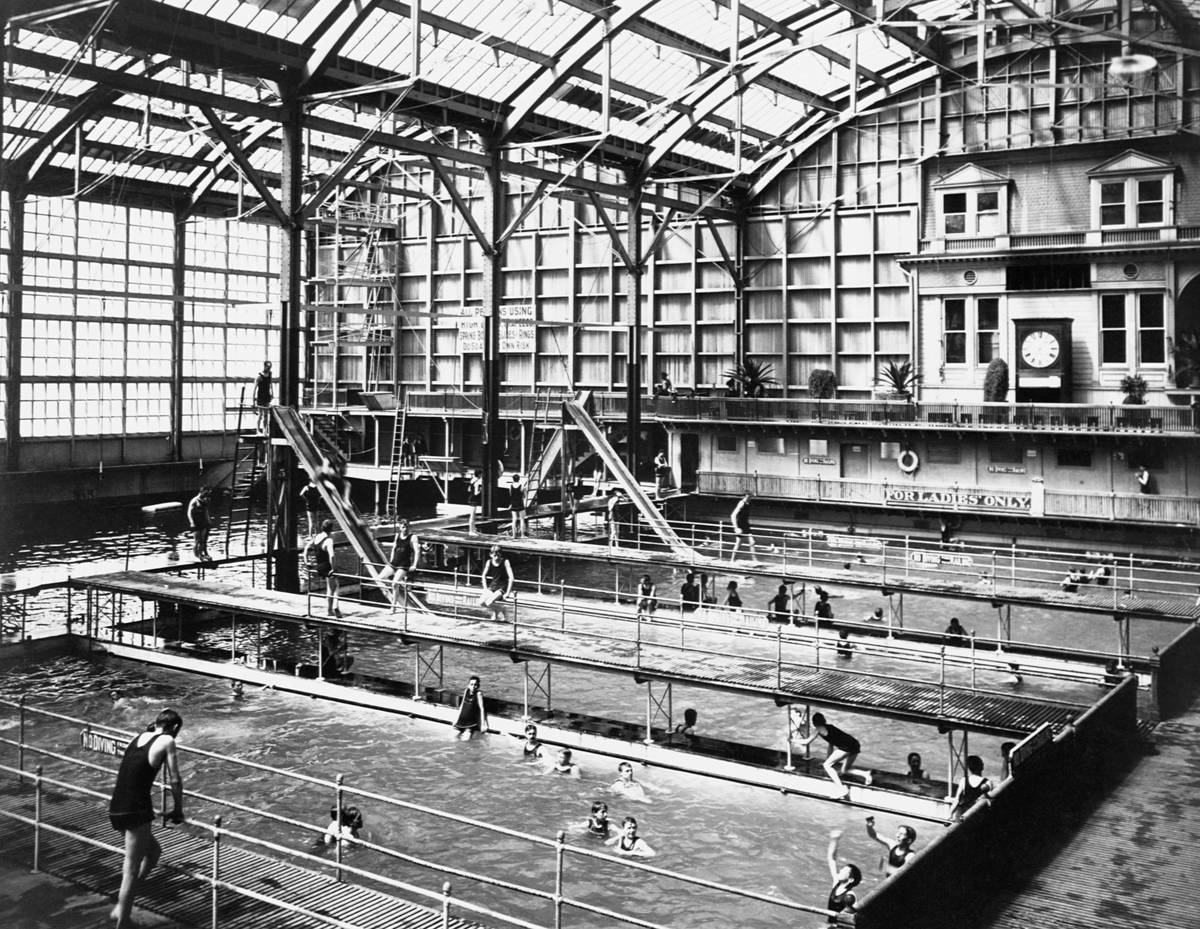
The Sutro Baths in San Francisco were opened in 1896, and for decades comprised the world’s largest indoor swimming pool. Built by wealthy entrepreneur Adolph Sutro, the baths were incredibly popular but struggled due to the massive costs associated with maintenance and operations.
The baths contained saltwater pools which drew water from the nearby ocean. There was also one freshwater pool. The structure burned down in 1966, though ruins from the building remain as a reminder of the past.
New York Hippodrome

The Hippodrome Theater was a pretty hopping spot in New York City during its heyday. Deemed the world’s largest theater, it could seat over 5,000 people and hosted films, circuses, and magicians like Harry Houdini. It was situated in the heart of Midtown Manhattan’s Theater District.
The height of the facility’s popularity came in the ’20s, and afterward, the place sharply declined until finally closing in 1939.
Disney’s River Country
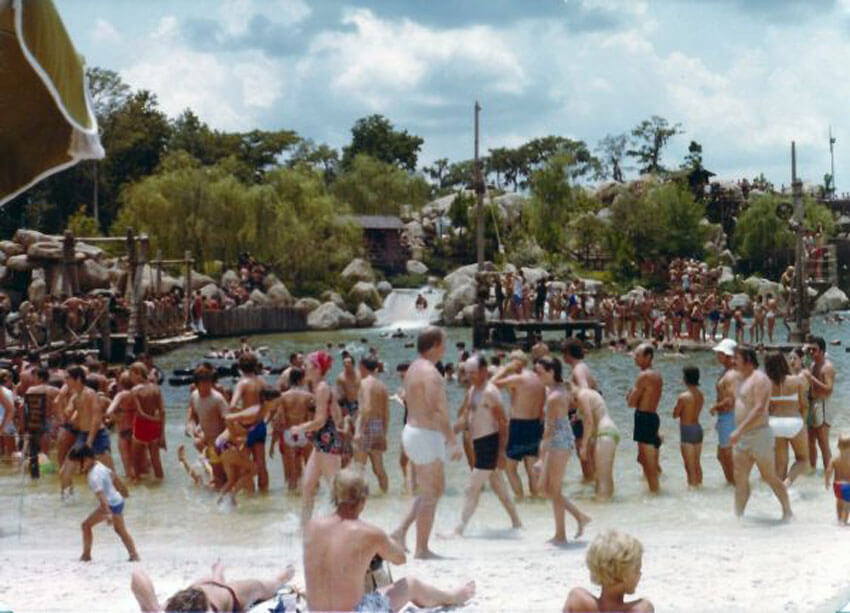
Disney’s River Country was the very first water park at Walt Disney World, though in recent decades it has earned an unfortunate distinction as a standing, albeit derelict and deteriorating, permanently closed attraction. It opened in 1976 but started to fall to pieces in the 90s before being shut down for routine maintenance in 2001.
In 2005, Disney said they’d never open the place again, and it is now overgrown with foliage and in really crappy condition. If you think it’s weird that Disney wouldn’t just outright demolish the place, you’re not alone.
Disney’s Discovery Island
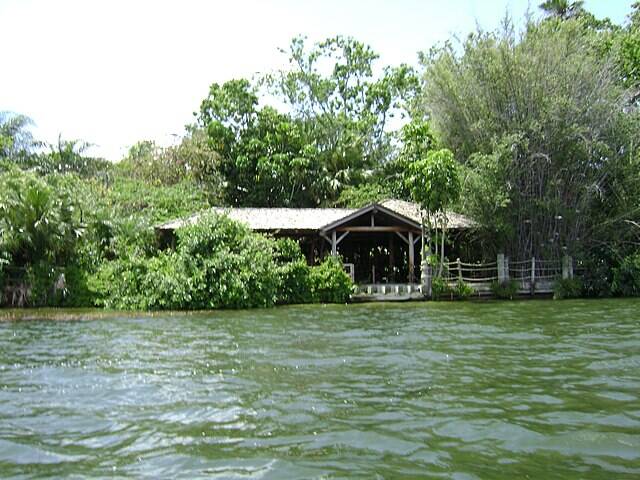
Discovery Island is another Disney theme park that fell into disrepair and has never been reopened. Its first year of operation was 1974 and it remained open until 1999. The best way to describe this attraction would be to call it Animal Kingdom-esque.
The attraction offered guests access to numerous animals and birds they wouldn’t otherwise get to see. The animals were moved to the Animal Kingdom and the attraction is now completely abandoned.
Chacaltaya Glacier
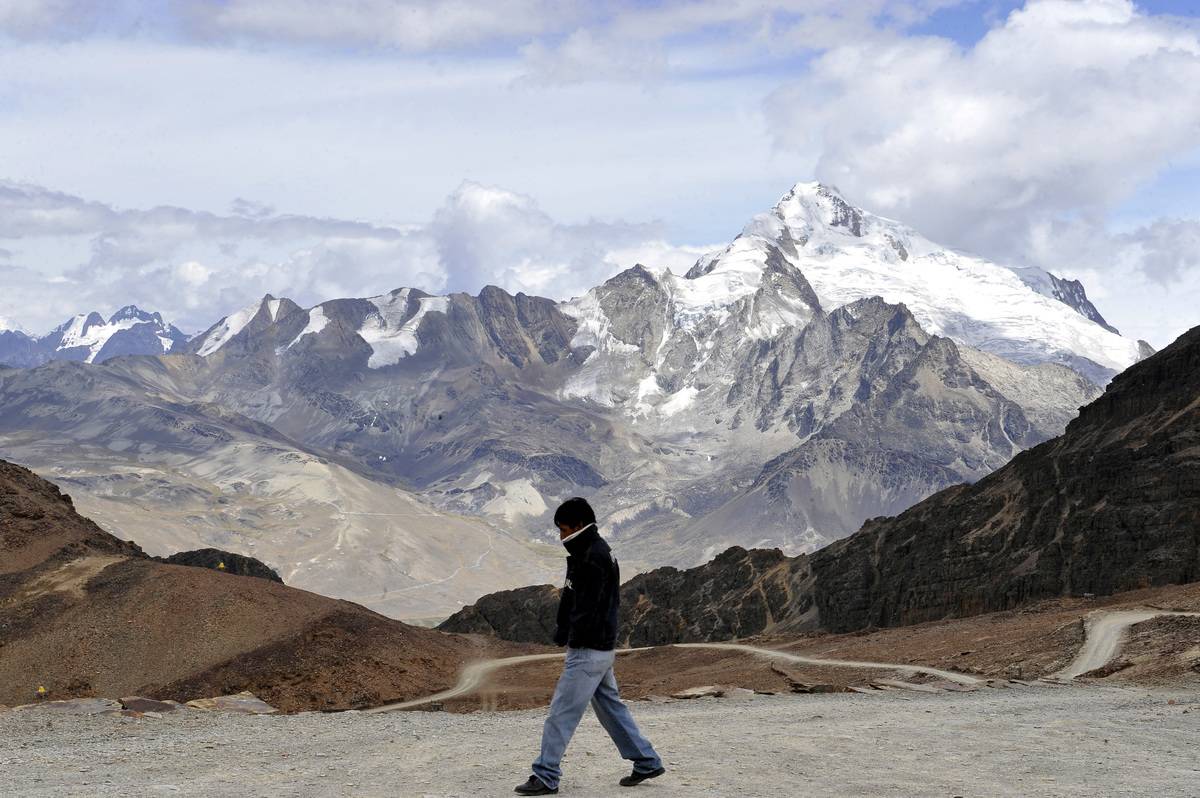
The Chacaltaya Glacier in Bolivia used to be one of the world’s best skiing spots. The glacier was over 18,000 years old, and all it took was a few decades and El Niño to make the thing disappear altogether in 2009.
Skiing there was good in the ’60s and ’70s, but after a major meltdown in 1980, the location deteriorated rapidly. Now, it’s home to a research observatory. You can get a pretty good idea of what went down by looking at the picture.
Royal Opera House of Valletta

The Royal Opera House in Valletta, Malta, is the Bad Luck Brian of opera houses. Six years after its opening in 1866, it was destroyed in a fire. It was restored and re-opened a few years later but was pretty much done for after taking a direct hit from an aerial explosive in 1942.
It’s remembered as one of the most iconic structures in Valletta, and various attempts to restore it to its former glory have fallen through over the years. It was sort of re-opened as the Pjazza Teatru Rjal in 2013, but it’s just not the same.
Jonah’s Tomb
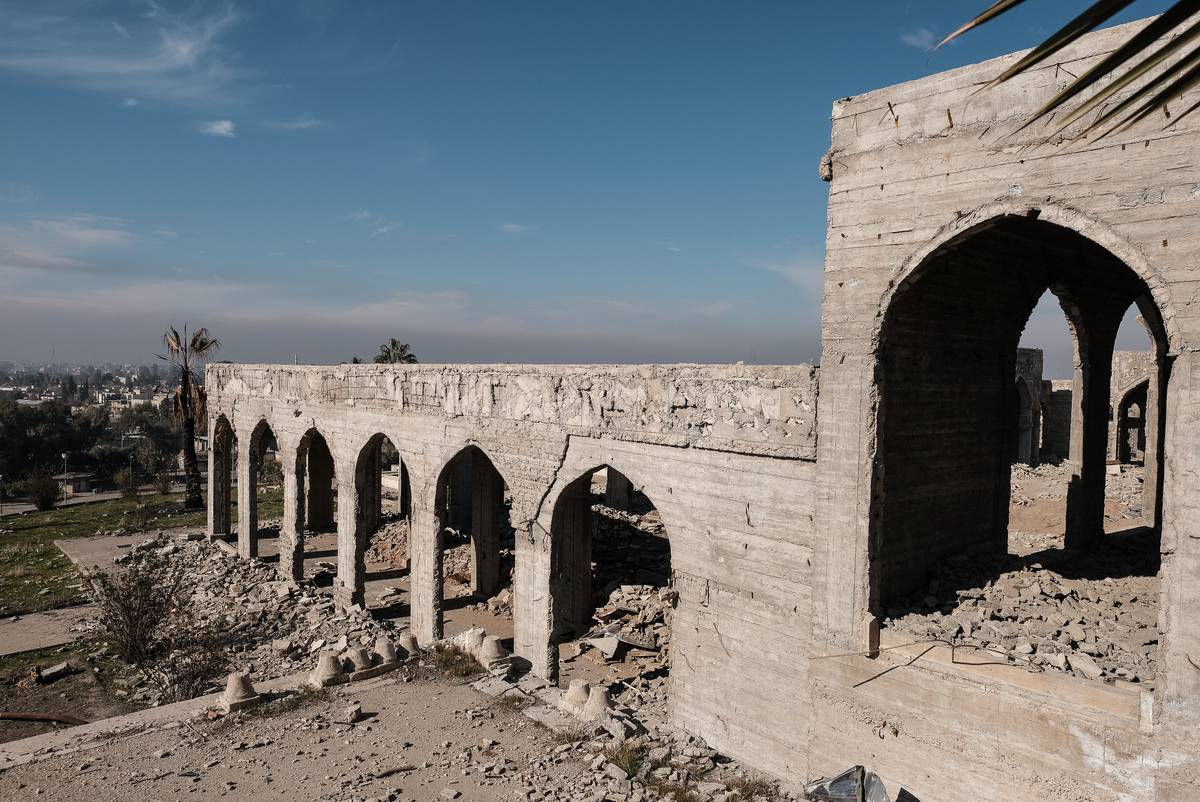
You might know the story of Jonah from Jewish/Christian/Muslim traditions. Jonah is most famous for being swallowed by a giant fish. His purported tomb was a real place in Iraq before it was swallowed by terrorists from ISIS who blew it up to earn more headlines while spreading their radical and deadly philosophies.
Iraq hasn’t been the friendliest place for American tourists for several decades now so you probably weren’t going to see this attraction either way.
Guaira Falls Was Erased By Mother Nature
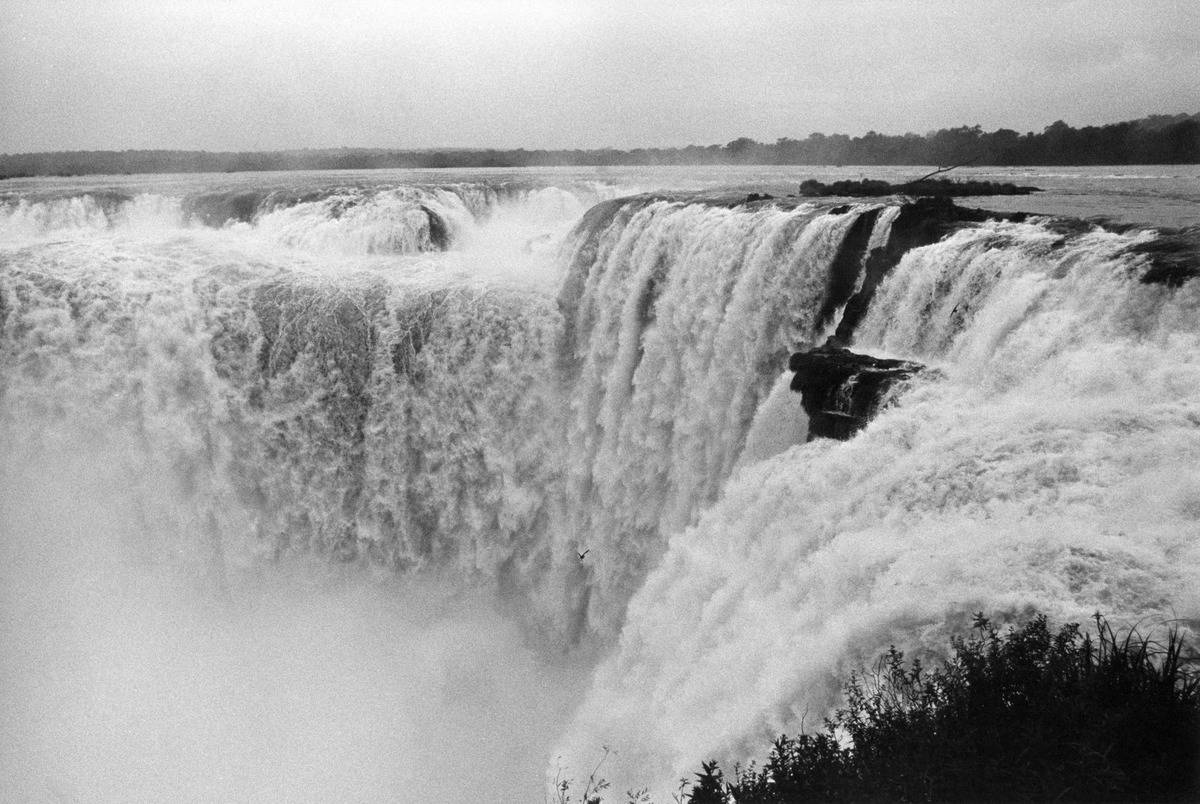
The Guaira Falls used to exist on the border between Paraguay and Brazil. They were a group of huge waterfalls on the Parana River, and the roaring water could be heard from more than 20 miles away!
The falls haven’t existed since 1982 when the Itaipu Dam reservoir erased them from the Earth. They were some of the most powerful waterfalls on earth, flowing at about 470,000 cubic feet per second. Now they’re tapped dry.
The Pink and White Terraces of New Zealand
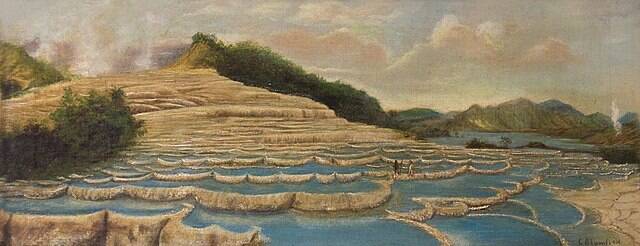
The famous Pink and White Terraces of New Zealand were considered one of the greatest natural wonders of the world. The largest silica sinter deposits on earth, they were formed by geothermal springs containing minerals that gave the rock a pink and white hue.
They were destroyed in the 1886 eruption of Mount Tarawera, which is another story worth talking about. This was, unfortunately, one of those amazing natural wonders that were last seen by our great-great-grandparents.
Waimangu Geyser
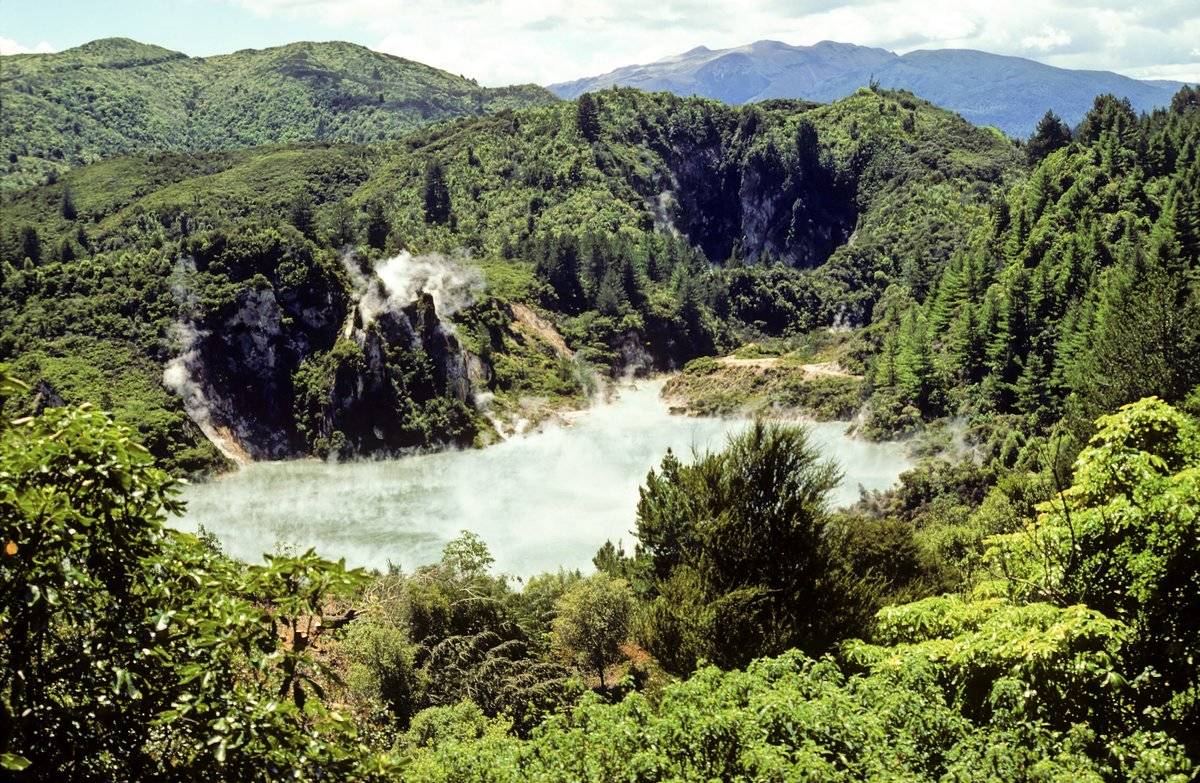
The Waimangu Geyser was another wonder of the world, created by the very same eruption of Mount Tarawera that destroyed the Pink and White Terraces. It was known as the most powerful geyser in the world, and
The geyser erupted for five to six hours during a 36-hour cycle. It spawned an entire tourism industry in the Waimangu Valley, bringing hundreds of visitors a day. Sadly, it sputtered out and stopped spouting permanently in 1904.
Vidam Park In Budapest
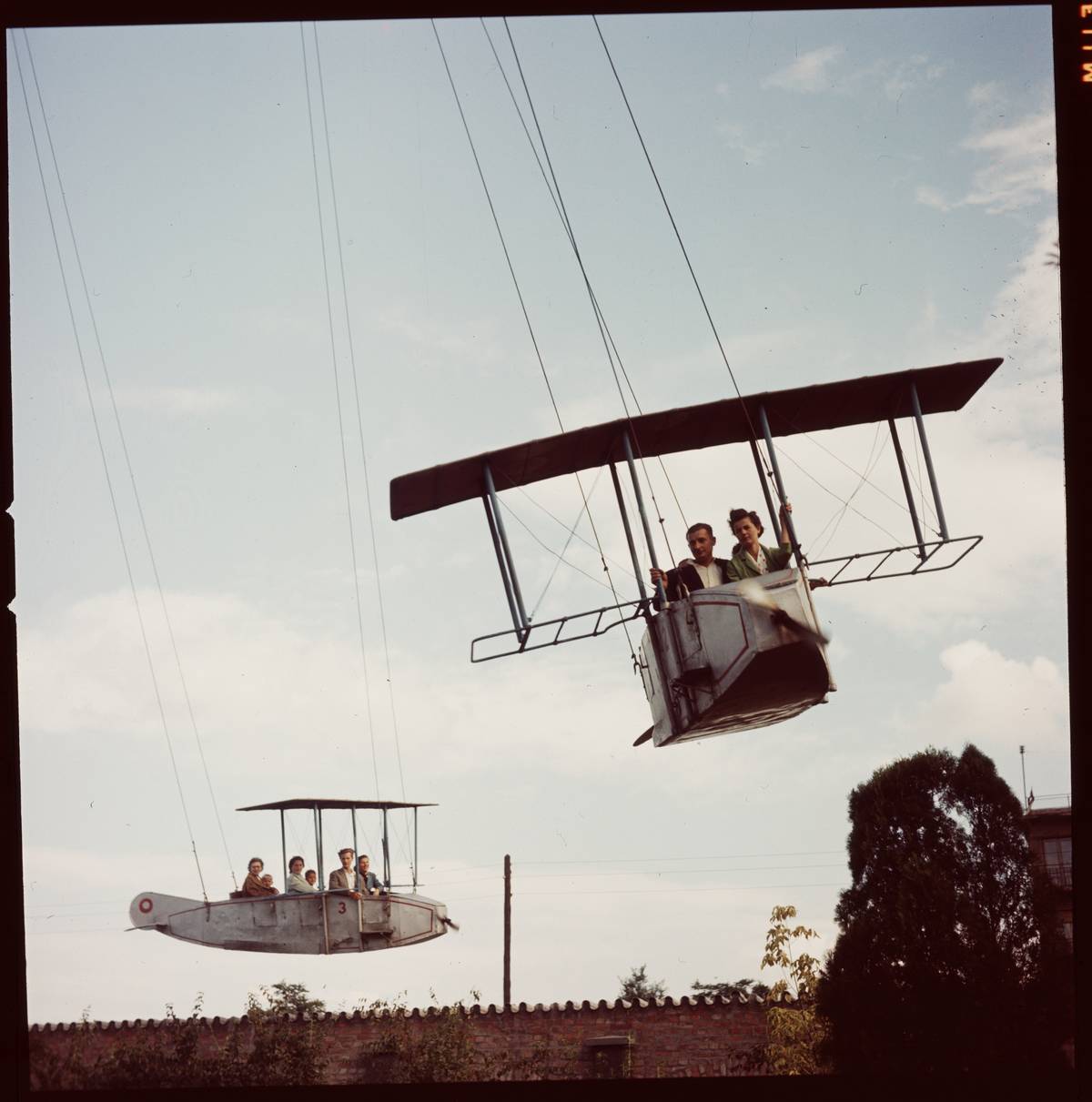
One of the first public parks in the world, Vidampark in Hungary opened in the late 19th century and hosted a bathhouse, castle tours, a zoo, a circus, and eventually a roller coaster in 1922. It was a huge party spot in 1896 for the turn of the century celebrations, and is all around remembered as “the thing you do in Budapest.”
The amusement park had been in decline for several years before officially closing in 2013.
The Original Penn Station

We’re not talking about the new, fancy Penn Station in New York City. We mean the original, historic site considered a masterpiece and modern wonder by architecture nerds the world over. Built in 1910, the original Penn Station flourished as a hub of activity until the decline of the rail industry in the 1950s.
The entire facility was torn down in 1963. Since 1969, Madison Square Garden has stood on its ruins.
Mount Humboldt
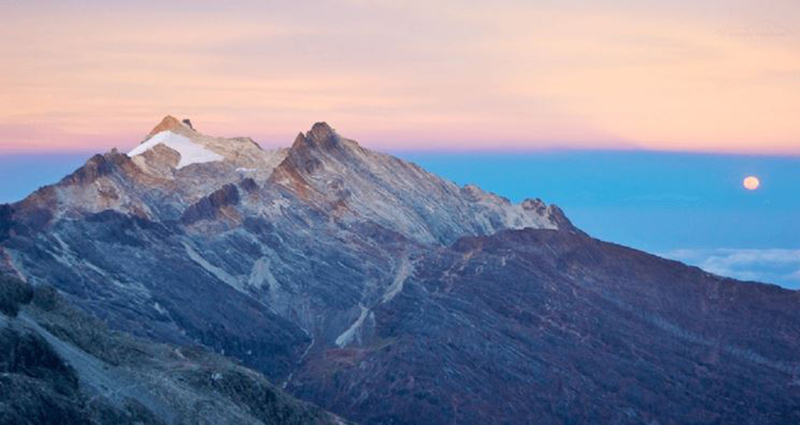
The glacier at Mount Humboldt, located in the Northern Andes, used to be another awesome spot to go skiing. It is Venezuela’s second highest peak, situated in the Sierra Nevada de Merida.
Thanks to climate change, the ice has all but melted and hasn’t been able to support the skiing industry for decades. Scientists say that even by the most positive projections, the mountain cap will be bare in just a decade or so.
Berlin Wall

We don’t know whose idea of a vacation East Berlin would have been during the 1960s and ’70s, but it’s still a thing tourists traveled to visit and it doesn’t exist anymore. Separating democratic Germans from communists for decades after WWII, the wall finally came down in the early 90s and millions of people were reunited with relatives and friends they had not seen in years.
Today, history buffs can visit pieces of the wall which are located in museums around the world.
Lascaux Cave Paintings
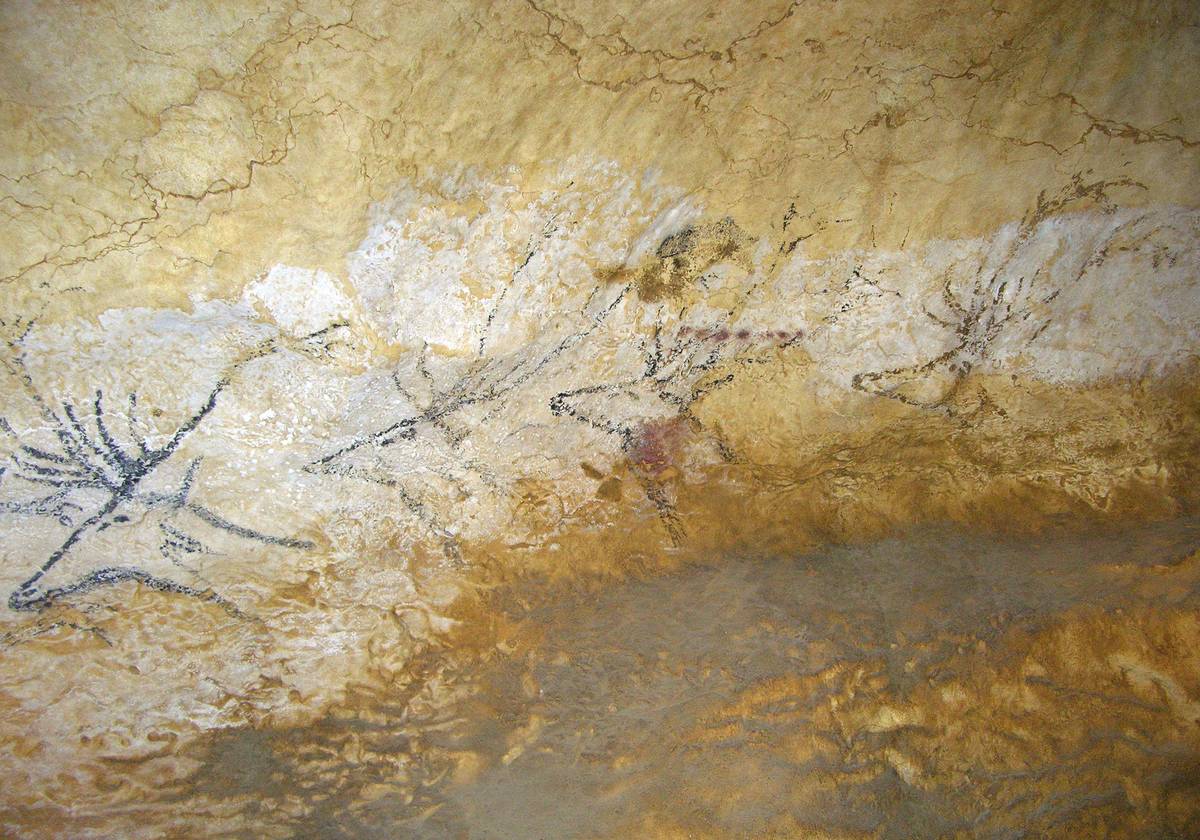
The Lascaux Cave Paintings are famous for a couple of reasons. One, they were discovered in France by a group of teenagers in 1940. Two, they comprise hundreds of paintings and thousands of engravings by people who lived over 17,000 years ago.
They held up pretty well over the last 17,000 years until tourists were allowed in around 1948. By 1963, officials decided the attraction was too dangerous to remain open. The caves were closed to the public and have not reopened.
Yosemite’s Firefalls
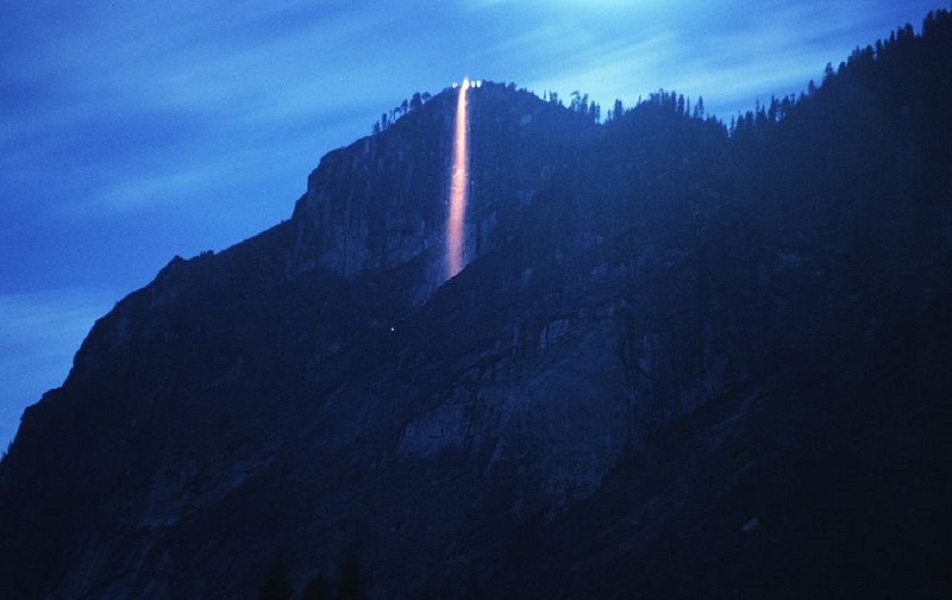
The firefalls of Yosemite National Park used to pull quite a crowd. A nightly tradition, large fires built at the Glacier Point Hotel would be dumped over the cliff by staff, creating a firefall (like a waterfall, but, you know, fire).
It was hardly a natural phenomenon, but it was still an event that drew way too many tourists for the park to handle. They stopped the spectacle in 1968.
Cuba

Cuba is a bit tricky. For decades, Americans couldn’t visit the communist country by order of the U.S. government. President Obama started to normalize relations during his Presidency and now President Trump has decided to pull back the visa process for many Cubans.
While you COULD get to Cuba there’s a very good chance millions of Americans wishing to visit the country will never have the opportunity due to tight travel regulations that will likely continue to yo-yo for many years based on differing Republican and Democrat administration policies. Long story short, the average American can’t get into the country.
Wedding Cake Rock In Australia
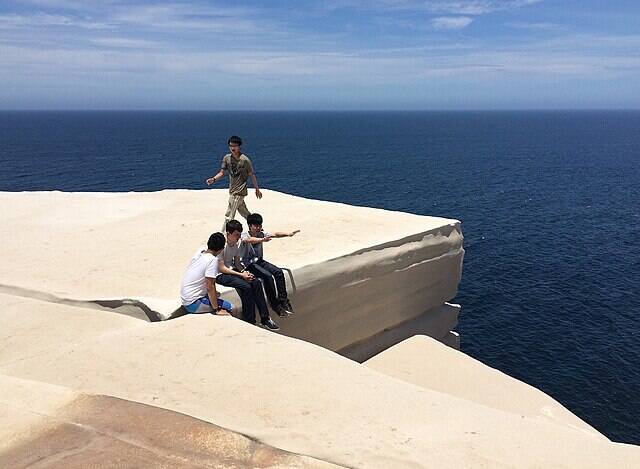
Wedding Cake Rock was given its name because of the striking white appearance it features. The location was home to 2,000 visitors each month and that number quickly skyrocketed to 10,000 when daredevil seekers started documenting their adventures.
In May 2015, officials were forced to install a fence at Wedding Cake Rock. Soon after the fence was installed a report revealed that the formation will likely collapse within 10 years.
The Love Locks on Pont Des Arts In Paris

The Pont des Arts Bridge in Paris featured a massive collection of locks that were left at the bridge by sentimental couples. The bridge quickly amassed a collection of 700,000 locks which led to fears that their added weight would cause the structure to collapse. In 2012, critics claimed the locks weighed in at 45 tons not to mention creating a massive eyesore.
The former metal grills were replaced with plexiglass which provides a better view of the river and leaves no chance of more padlock traditions being created at the former hot spot for true love.
Legzira Beach Was Claimed By The Sea
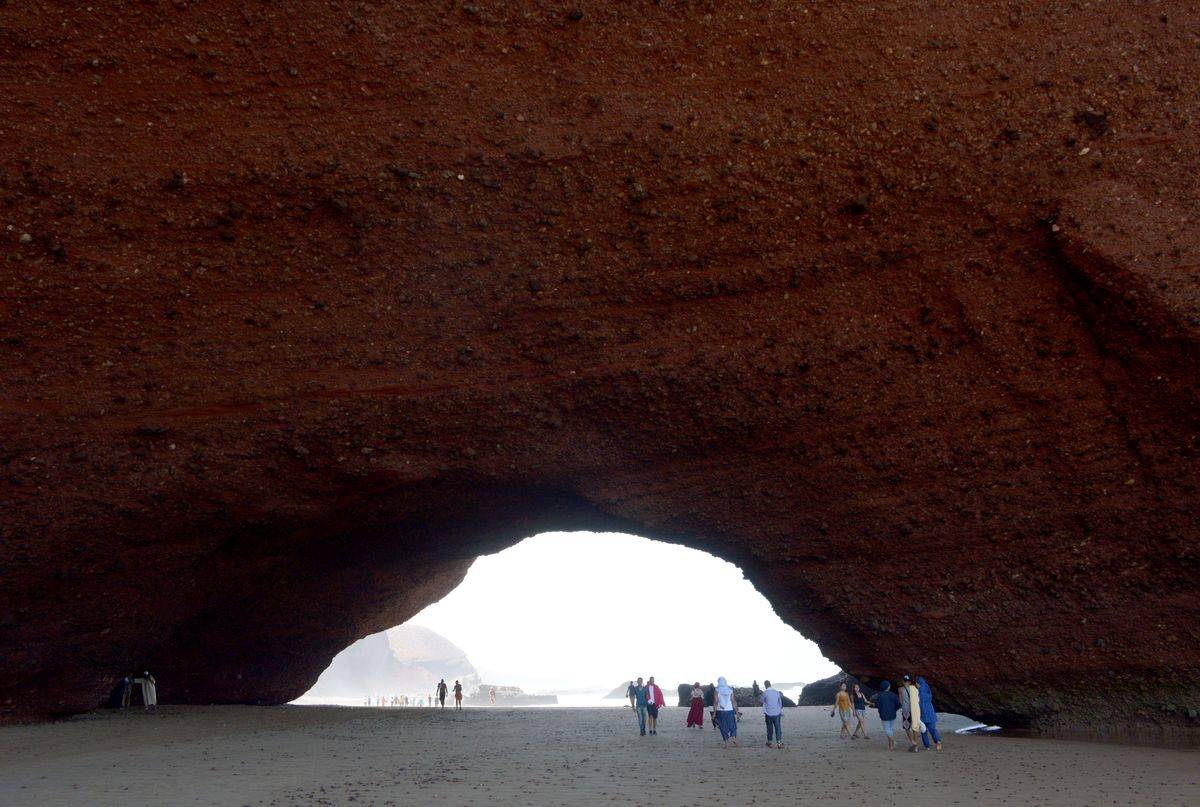
Legzira Beach in Morocco suffered a great loss in 2016 when its famous twin red sea arches succumbed to the weight of the massive cliff and fell under its own weight. Tourists from all over the world visited the location to experience what was considered one of the most beautiful places to see the sun set in the world.
Today, the beach is highly popular among European surfers and para-gliders.
The Azure Window Was Last Featured On Game Of Thrones
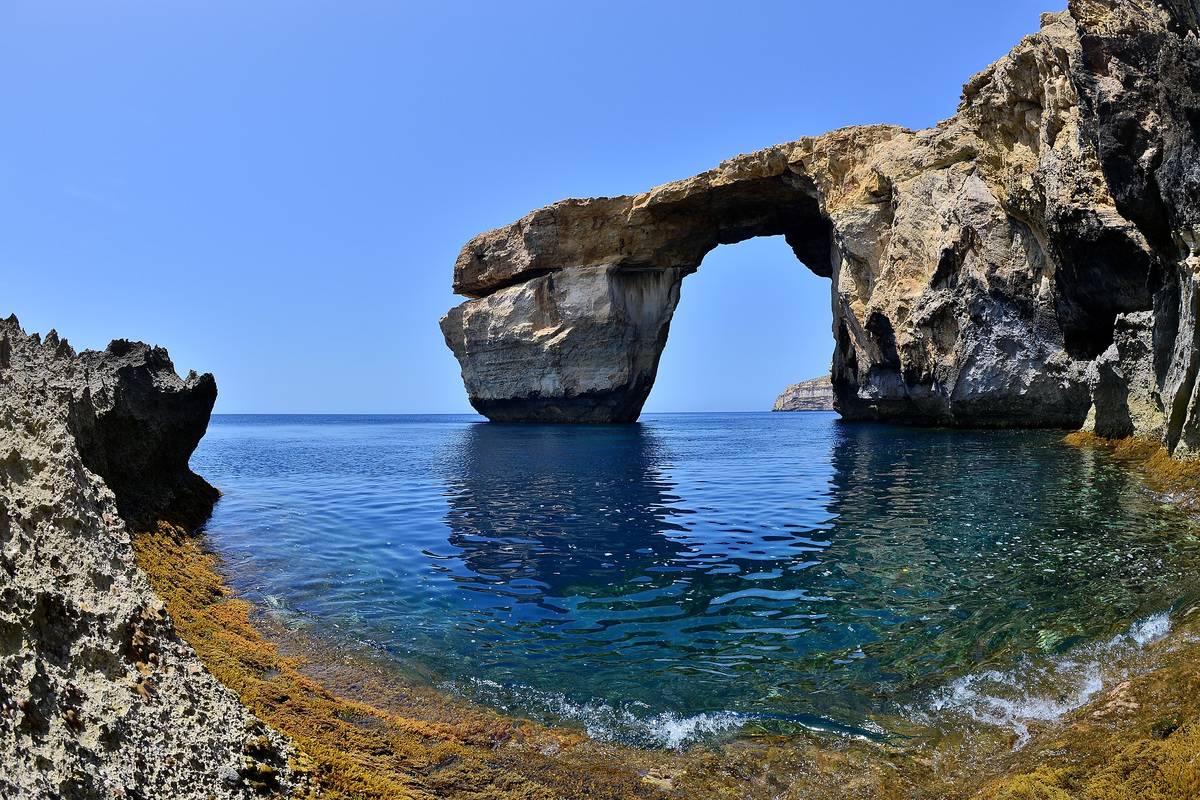
The Azure Window in Malta was pummeled by thousands of storms for years. Despite many encounters with bad weather the location’s arch remained standing until March 2017, when its cliff, located on Malta’s Gozo Island, was finally destroyed by mother nature.
The iconic site located in Dwejra Bay was one of the island nation’s most popular natural attractions. Before the location was destroyed it was featured briefly on the popular HBO series Game of Thrones.
The Kaimu Beach And Its Famous Black Sands
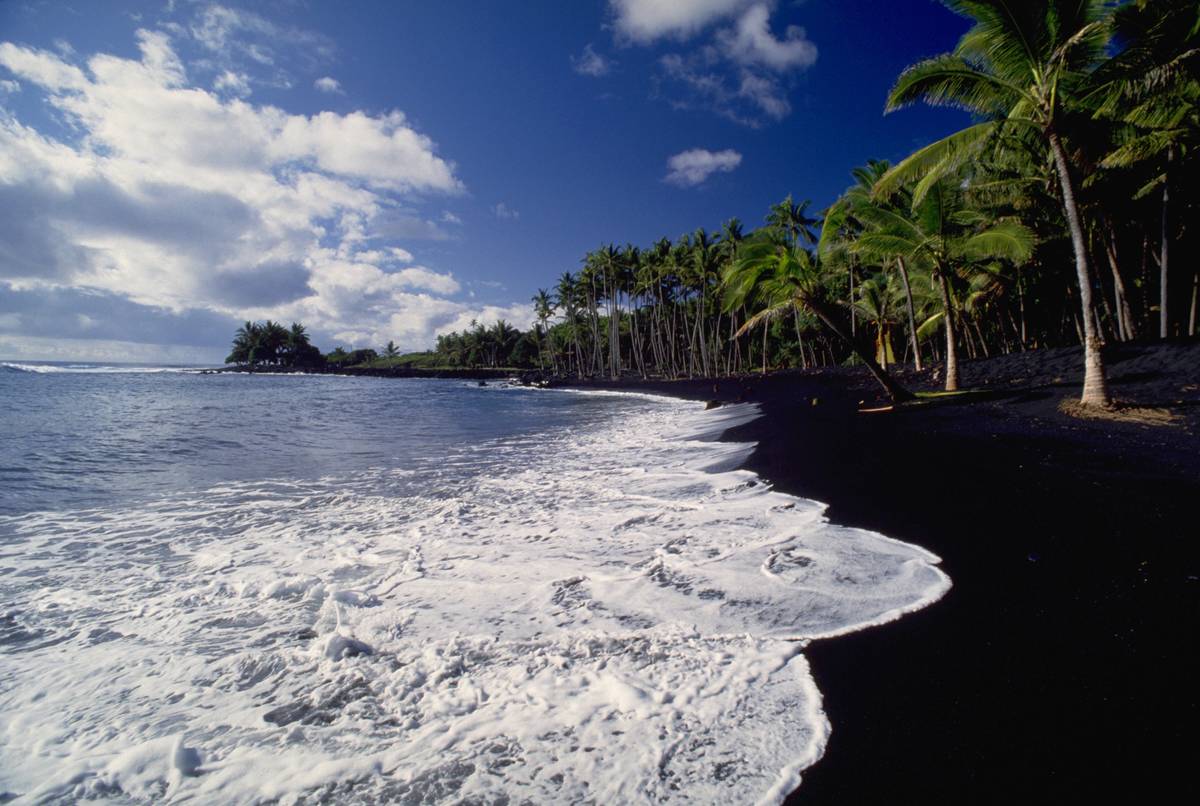
The Kaimu Beach in Hawaii was home to nearly 150 homes and a world-renowned black sand beach until flowing lava from a volcano overtook the village of Kalapana in the early 1990s. Kilauea Volcano continues to erupt today and has added more than 500 acres of new land to The Big Island.
You can’t experience the areas black sands any longer but lava boat tours still leave from Pahoa, in the Big Island’s Puna District.
The Sequoia Tunnel Toppled In California
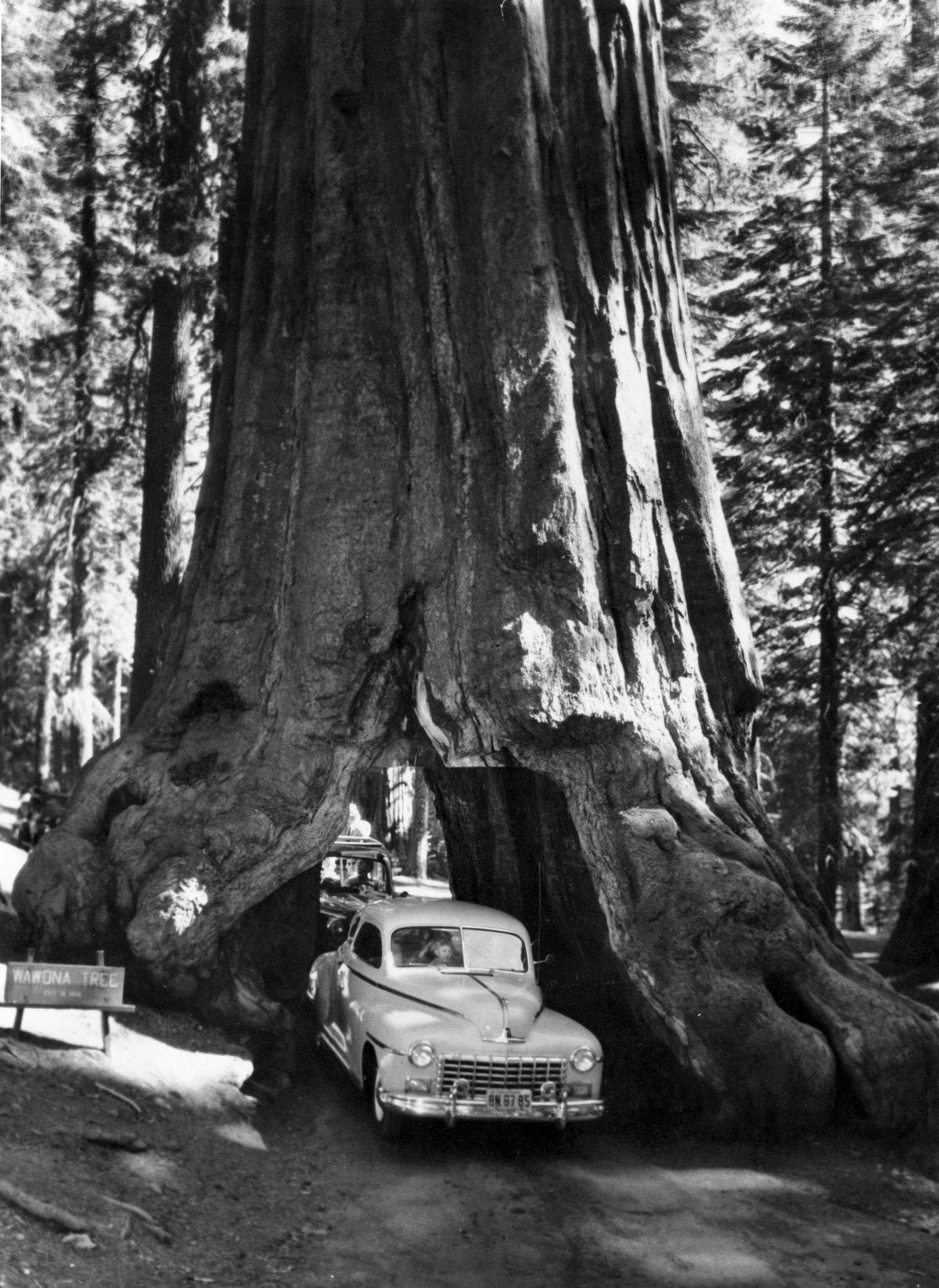
The 1,000-year-old Pioneer Cabin “tunnel tree” was cut in the 19th century to inspire nature tourism. The tree was the last giant sequoia available for the “drive-thru” experience but it toppled in January 2017.
You can’t experience this popular tourist attraction anymore but there are still three giant California Redwoods trees still in operations in Eureka, California. The tallest tree in the world is a Redwood called Hyperion. It measures in at 380 feet tall.
The Aquatarium In St. Petersburg, Florida
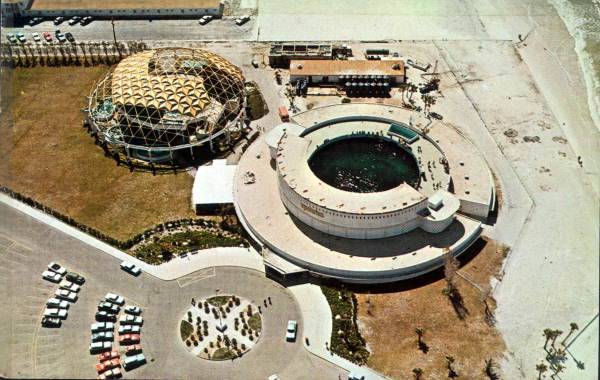
The Aquatarium was a unique adventure housed inside of a 16-0-foot tall transparent geodesic dome. The facility sat on 17-acres and opened in 1964. Tourists from all over the world flocked to this special destination to view porpoises, sea lions, and pilot whales. The facility overlooked the Gulf of Mexico which added to its appeal.
The Aquatarium began to suffer after Walt Disney World opened in nearby Orlando in 1971. In an attempt to increase visitors the attraction added sharks in 1976. The owners hoped to capitalize on the popularity of Steven Spielberg’s masterpiece, Jaws. Condominiums now site on the original site of the attraction.
Palisades Amusement Park In Cliffside Park and Fort Lee, New Jersey

Palisades Amusement Park was an attraction that survived the test of time for many decades. In 1908, the popular location along the steep cliffs on the west side of the Hudson River became an amusement park. The attraction featured various rides and attractions, including a 400×600-foot saltwater pool which was the largest in the world. The park also featured the Cyclone, one of the world’s largest roller coasters.
By the 1950s the park was fighting for relevance and debuted rock & roll shows. The park drew in most of its visitors by heavily advertising on TV and in comic books. By 1967, the park was so popular that the city of Cliffside Park decided to rezone the site for housing to stop the incredibly amount of congestion the park brought to the city. The attraction was shut down in 1971.
The Beautiful White Sand Beaches Of Thailand’s Islands
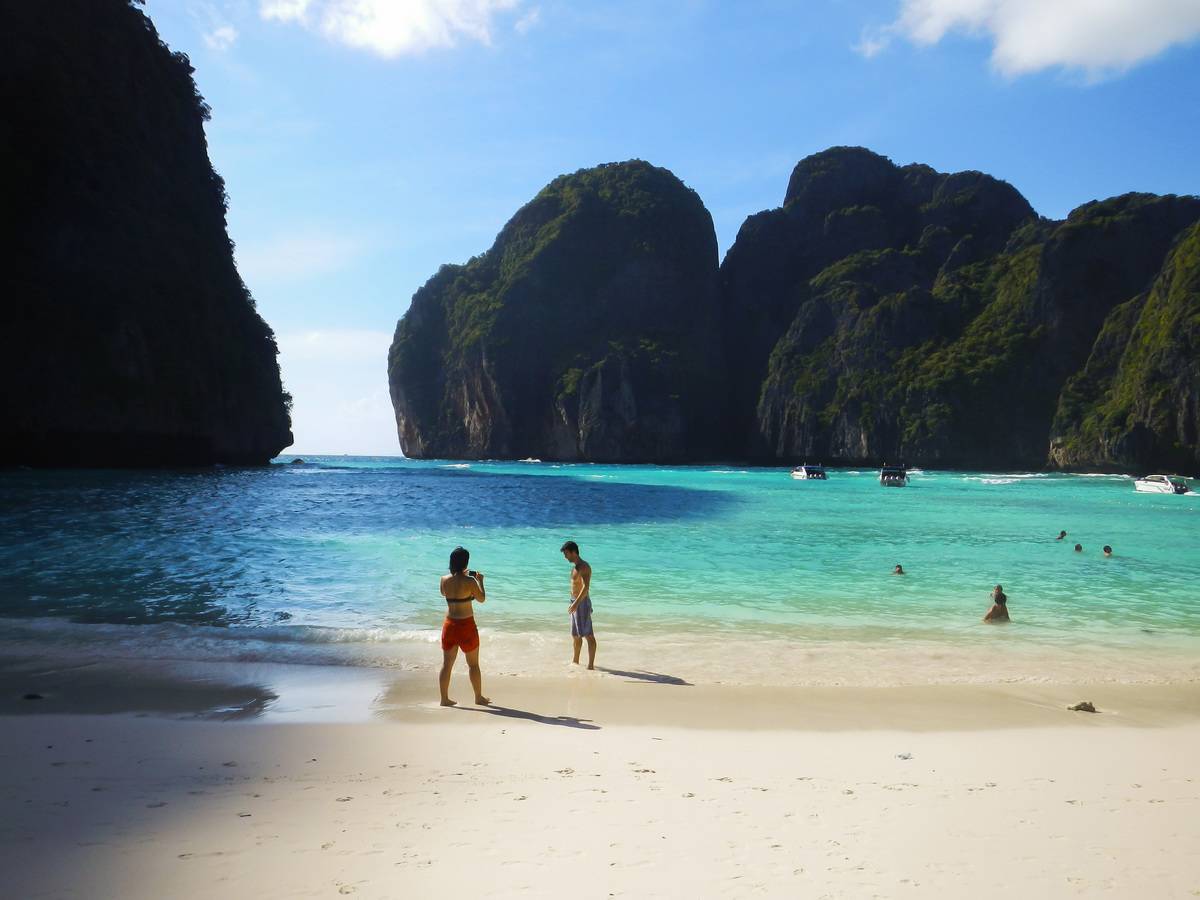
Officials in Thailand announced on May 26 that tourists will no longer be allowed to visit the islands of Koh Khai Nok, Koh Khai Nui, and Koh Khai Nai. The highly trafficked islands were popular among travelers because of their idyllic white sand beaches and endangered coral reefs. Officials say the beaches can accommodate 70 people at a time while 1,000 tourists were showing up on a daily basis.
Overcrowding was leading to “the degradation of natural resources and the environment.” Tourists are believed to have destroyed 80% of the areas coral reefs. The islands are still standing but much of their original beauty has been deteriorated.
Large Portions Of The Great Wall
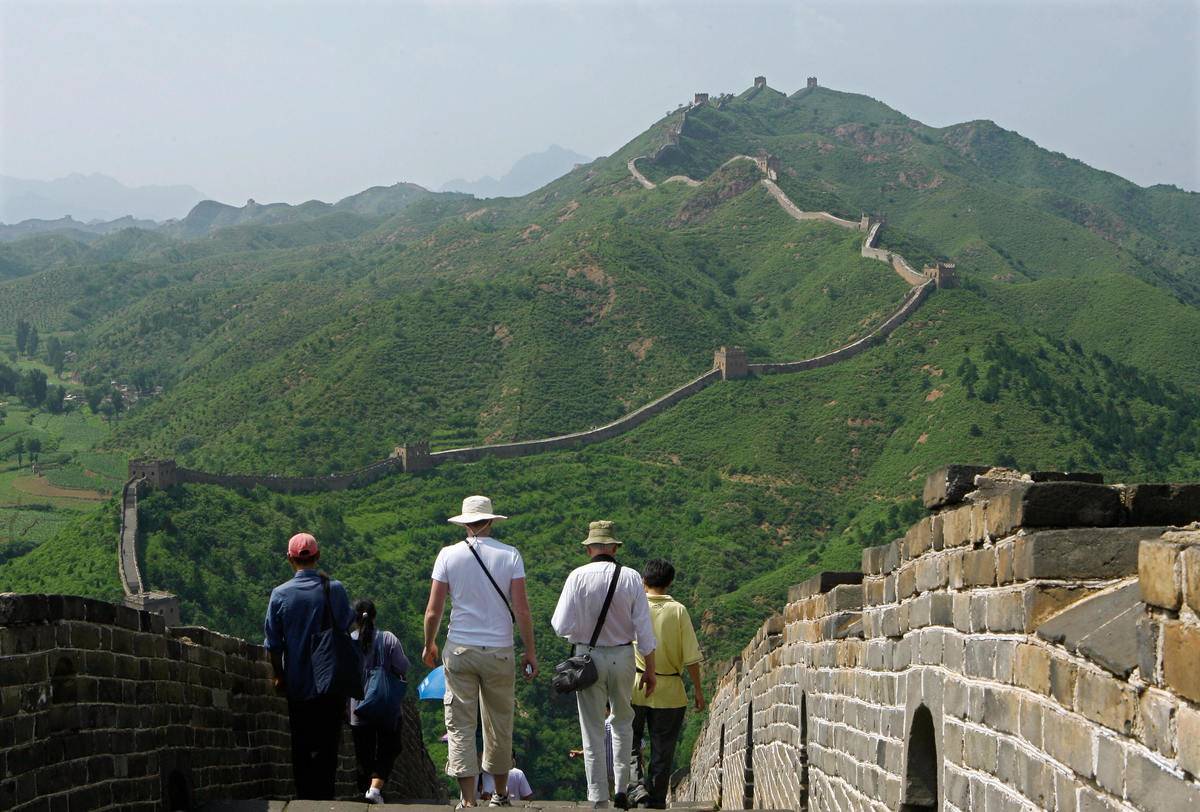
Yes, you can still go to the Great Wall, the 5,000-mile structure that once protected China from invading forces. Unfortunately, nearly two-thirds of the Great Wall of China has been destroyed. Natural forces have damaged some of the wall but tourists walking the structure and vandals have also contributed to its erosion.
The Chinese government has also allowed portions of the wall to be destroyed while making way for new development projects. A lack of government funding likely means the structure will continue to suffer.
The Galapagos Islands Are Still Standing But Highly Restricted
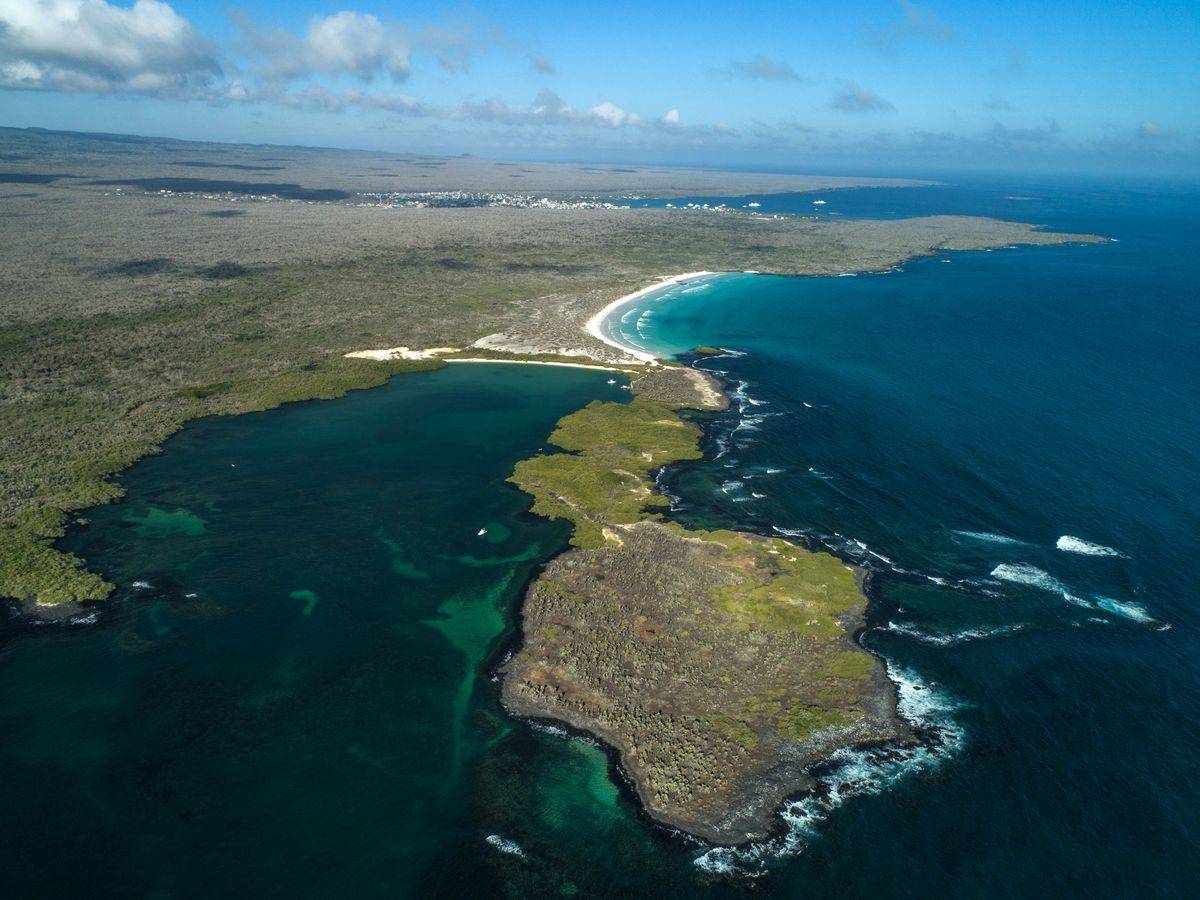
Let’s be clear, the Galapagos Islands are still standing but they were experiencing severe damage because of tourism. The islands your grandparents would have visited have changed so much that UNESCO placed the location on the World Heritage in Danger list in 2007.
Tourists restrictions have increased almost every year and a licensed guide is now required to visit the Galapagos National Park. At this rate, tourism will eventually be completely cut off to avoid further deterioration of the island’s ecosystem.
The Great Barrier Reef Has Drastically Changed
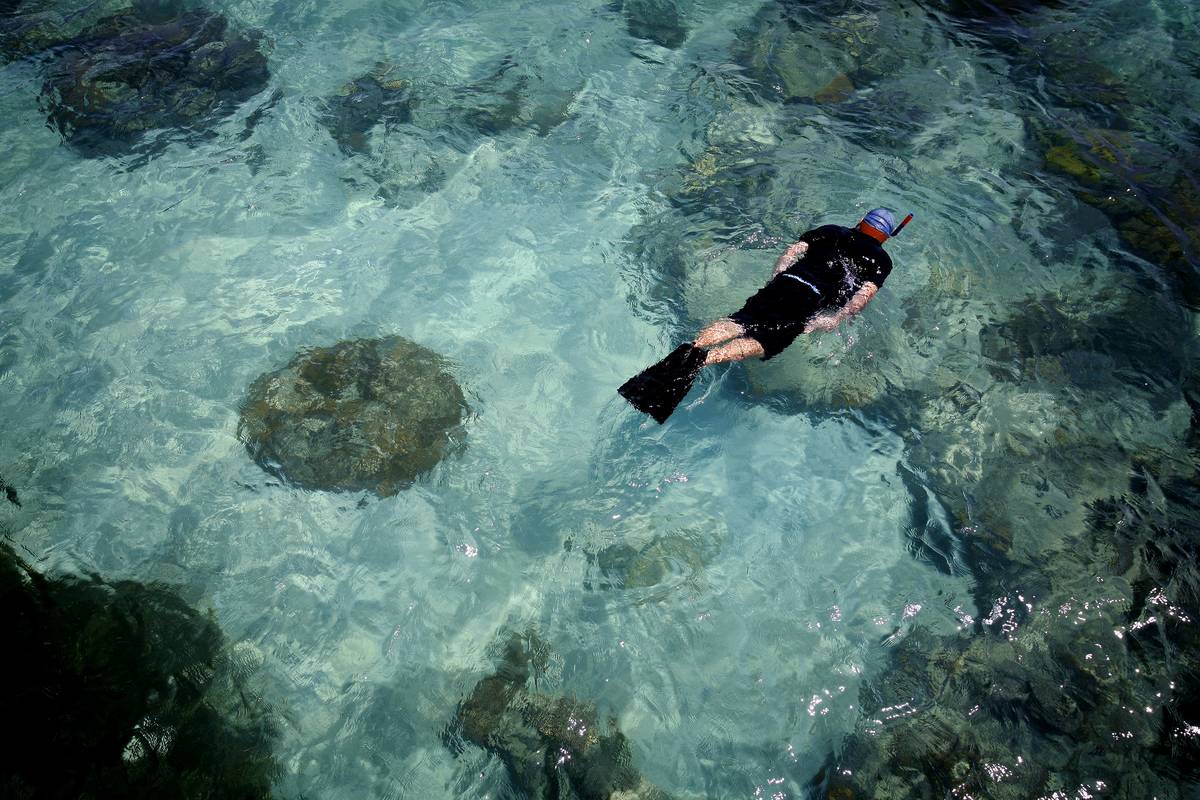
A study released in April 2016 claims that upwards of 93% of Australia’s Great Barrier Reef has been affected by some level of bleaching. Bleaching has led to many of the beautiful and vibrant colors associated with the reef to disappear. Less than 1% of the Northern sector has been left untouched and only 25% of the Southern sector is still in pristine condition.
Steps are being taken to restore the reef but at current rates, there is a good chance we will never get to fully experience this popular tourist attraction in our lifetime.
The Underwater Amazon In Indonesia
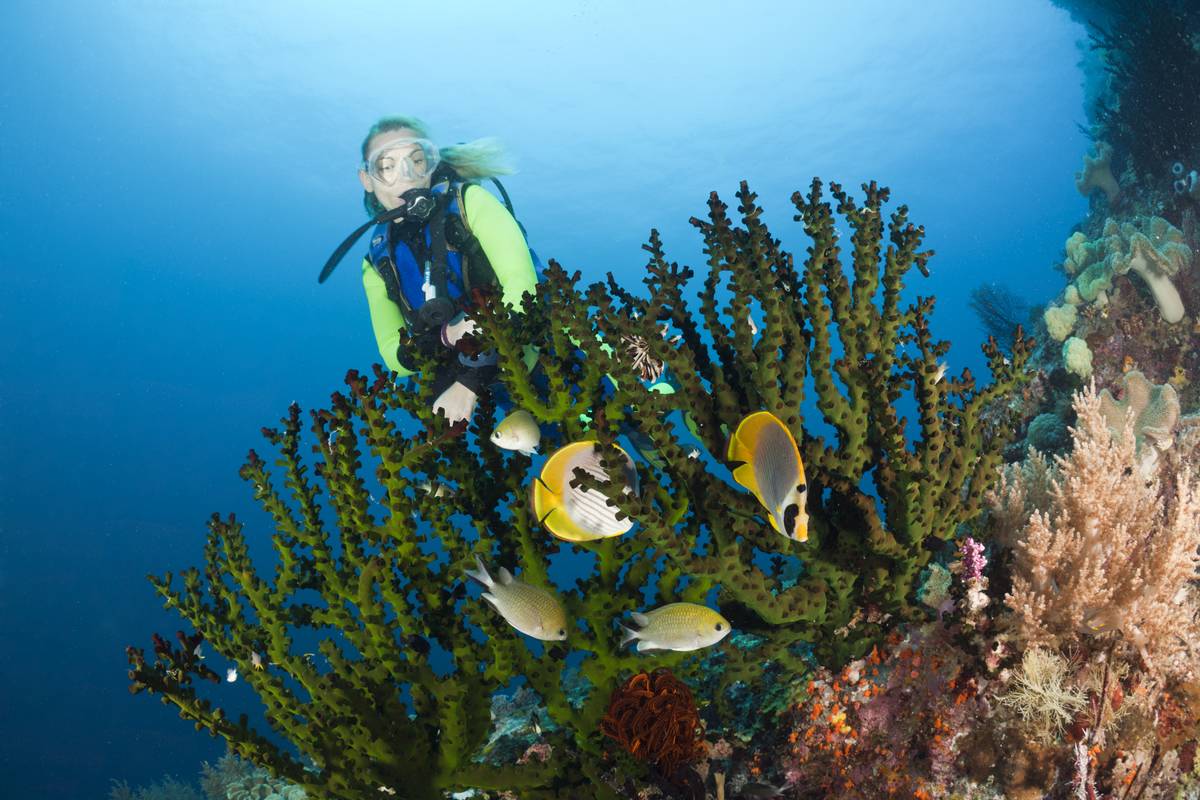
The coral reefs of “the underwater Amazon” were irreparably damaged when a cruise ship carrying hundreds of tourists crashed into the reefs, long considered some of the most beautiful in the world.
The reef, located in Raja Ampat, a peaceful island chain, experienced a square mile loss. Researchers say it will take the reef at least 100 years to repair itself and that means we can’t experience all of its beauty in our lifetime.
Boeung Kak Lake In Cambodia
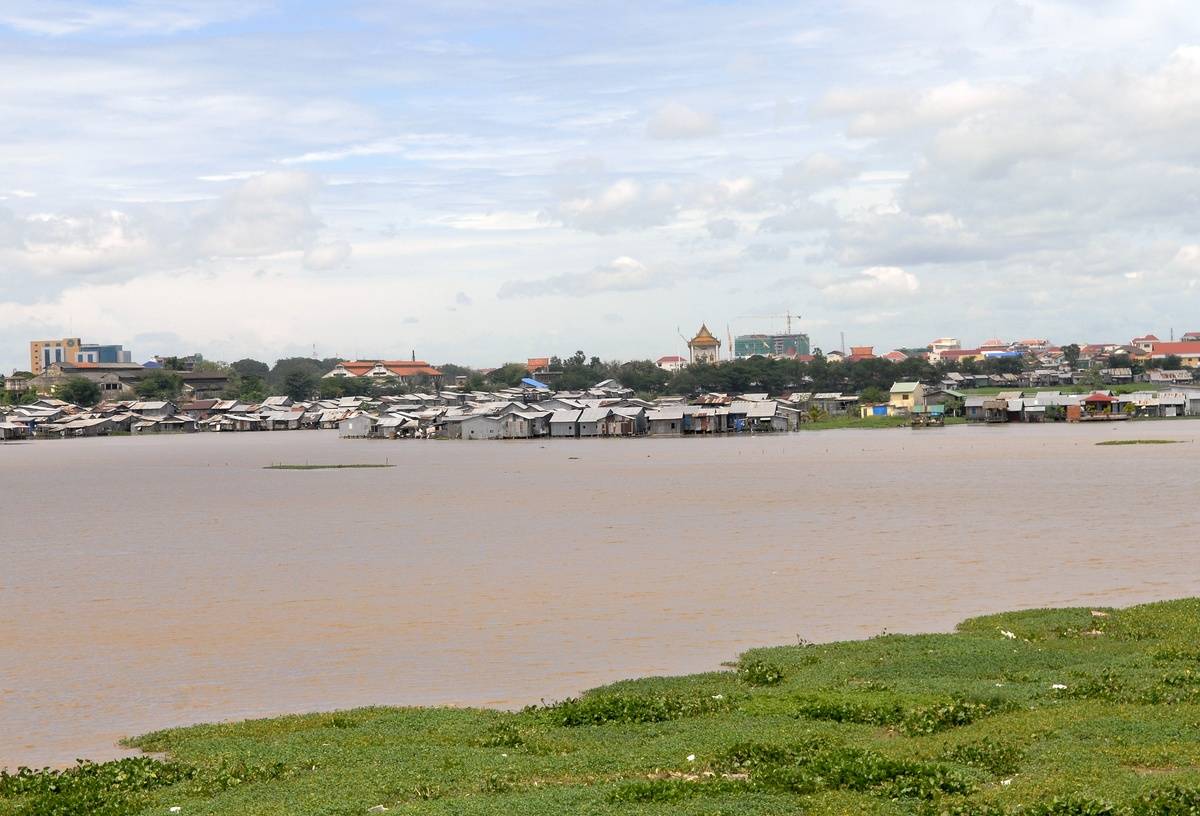
Boeung Kak Lake in Cambodia was one the largest and most important wetland in the world. The location, known for its natural wonders and beauty became a major tourists destination. Unfortunately, government officials allowed the area to fall into disrepair.
The wetlands experienced a 90% deterioration rate. Officials filled in 90% of the land with sand and it has been described in recent years as nothing more than a “puddle.”
The Tree of Ténéré In Niger’s Sahara Desert

The Tree of Ténéré managed to stand for centuries and was a pilgrimage of sorts for millions of tourists. To reach the tree you had to travel 250 miles in the blistering heat of the Sahar Desert. The tree served as a landmark for nomads for centuries. Unfortunately, in 1973. an unnamed Libyan was driving his truck to Niger while following a centuries-old caravan route that passed near the tree.
The man was drunk by the time he reached the tree and he plowed his truck into the landmark, killing it instantly. His destruction was even more incredible because the tree was the only structure without a 200-mile radius.
The Landmarks Of Nepal Were Destroyed By An Earthquake
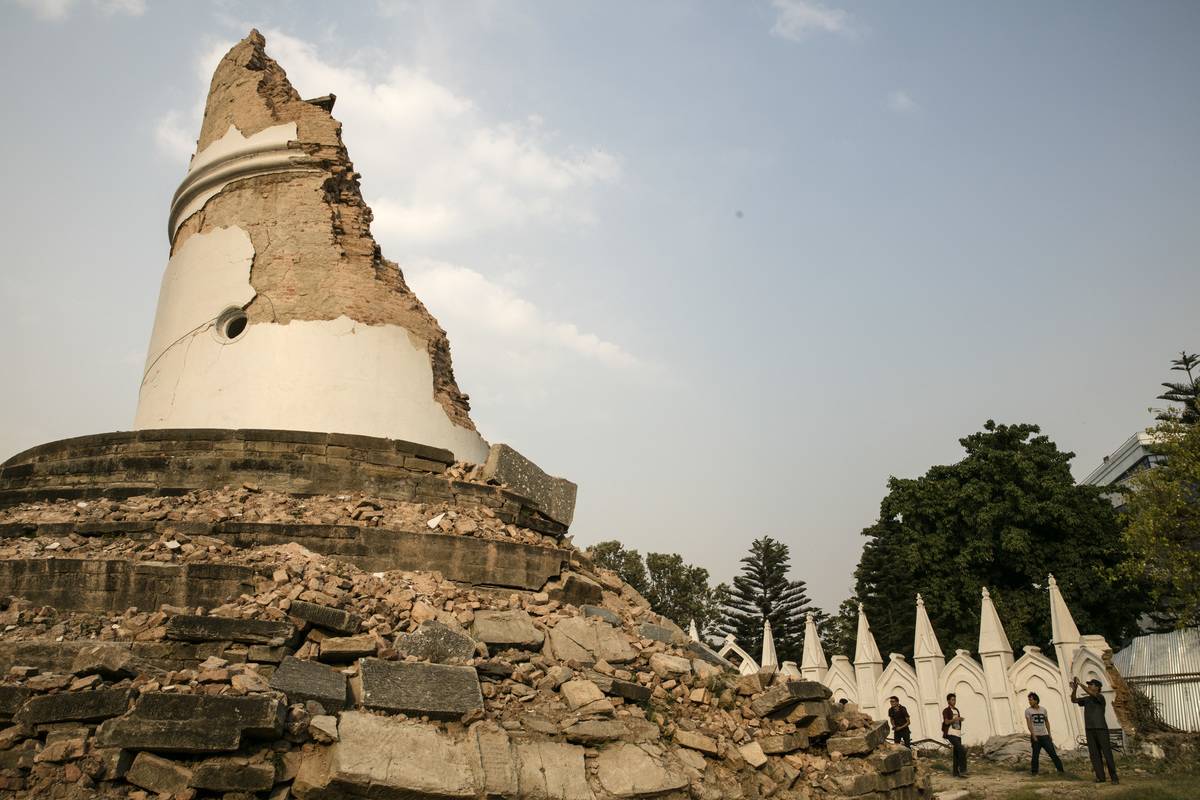
In April 2015, a large number of important and world-renowned landmarks in Kathmandu and other parts of Nepal were destroyed by a 7.8 magnitude earthquake. Among the destruction were dozens of tourists locations including the 100-foot tall Dharahara Tower, which was cut down to a 30-foot pile of jagged brick.
Some UNESCO World Heritage sites that were at least 1,700 years old were completely destroyed because of the natural disaster.
The Nazca Lines, Peru
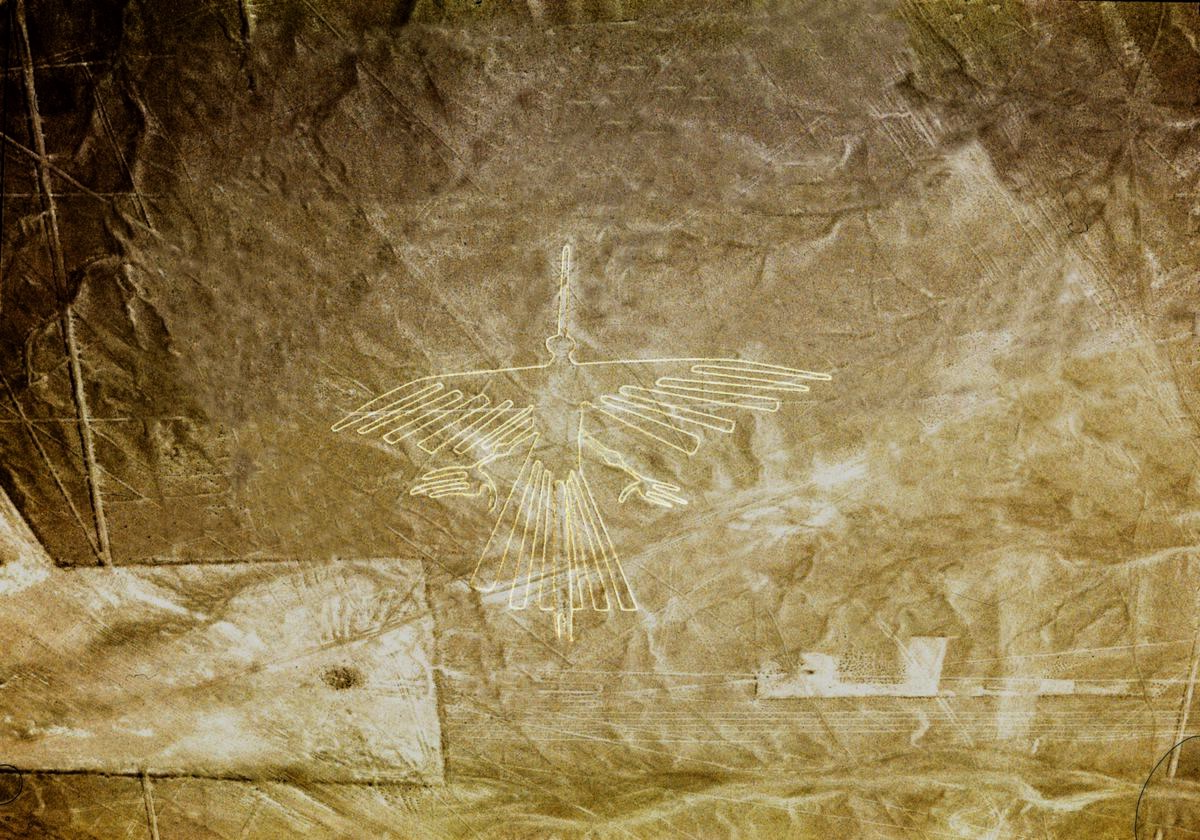
Dating back over 2,500 years, the Nazca Lines stood the test of time due to the arid conditions in the Nazca Desert in southern Peru. Around 250 miles south of the capital of Lima, more than 100 drawings were etched into the ground. With some being more than 600 feet long, there are shapes of flowers, whales, llamas, and more.
Although it was designated as a Unesco World History Site in 1994, the lines are now being threatened by infrastructure. Mining has lead to the destruction of many of the lines as well as running water. It won’t be long until there are none left.
Ancient Religious Sites, Iraq
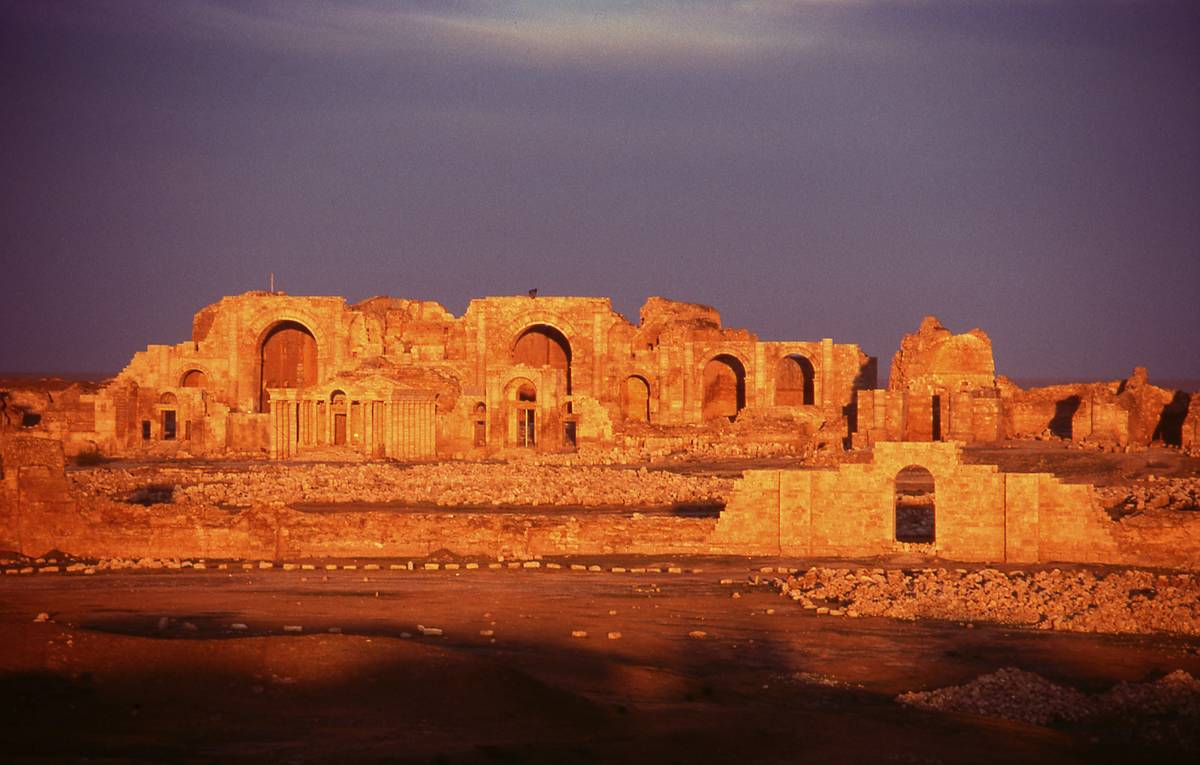
In addition, in March of 2015 militants demolished the ancient archeological sites of Hatra and Nimrud. It is noted by Kino Gabriel, a leader of the Syriac Military Council that, “The birthplace of human civilization is being destroyed…” Many of these religious and worshipped places have survived history, only to be blown up regardless of their cultural or historical meaning.
Watching man-made accomplishments such as this be destroyed by war is almost as heartwrenching as watching natural beauties become ruined by climate change, both caused by humans…hmmm.
Philippines Churches Lost in Earthquake

In 2013 the Bohol earthquake destroyed many of the Philippines oldest churches, causing damages to countless others, In Cebu, an island province in the Philippines, the Basilica Minore del Santo Niño was heavily damaged before it ultimately collapsed. The church was founded by Spanish explorers in 1565, making it the oldest Catholic church in the Philippines.
This is a disaster of great recognition due to how influential Catholicism has been on Philippines culture, and now one of the Church’s greatest landmarks in the area is gone forever.
Syria’s Umayyad Mosque
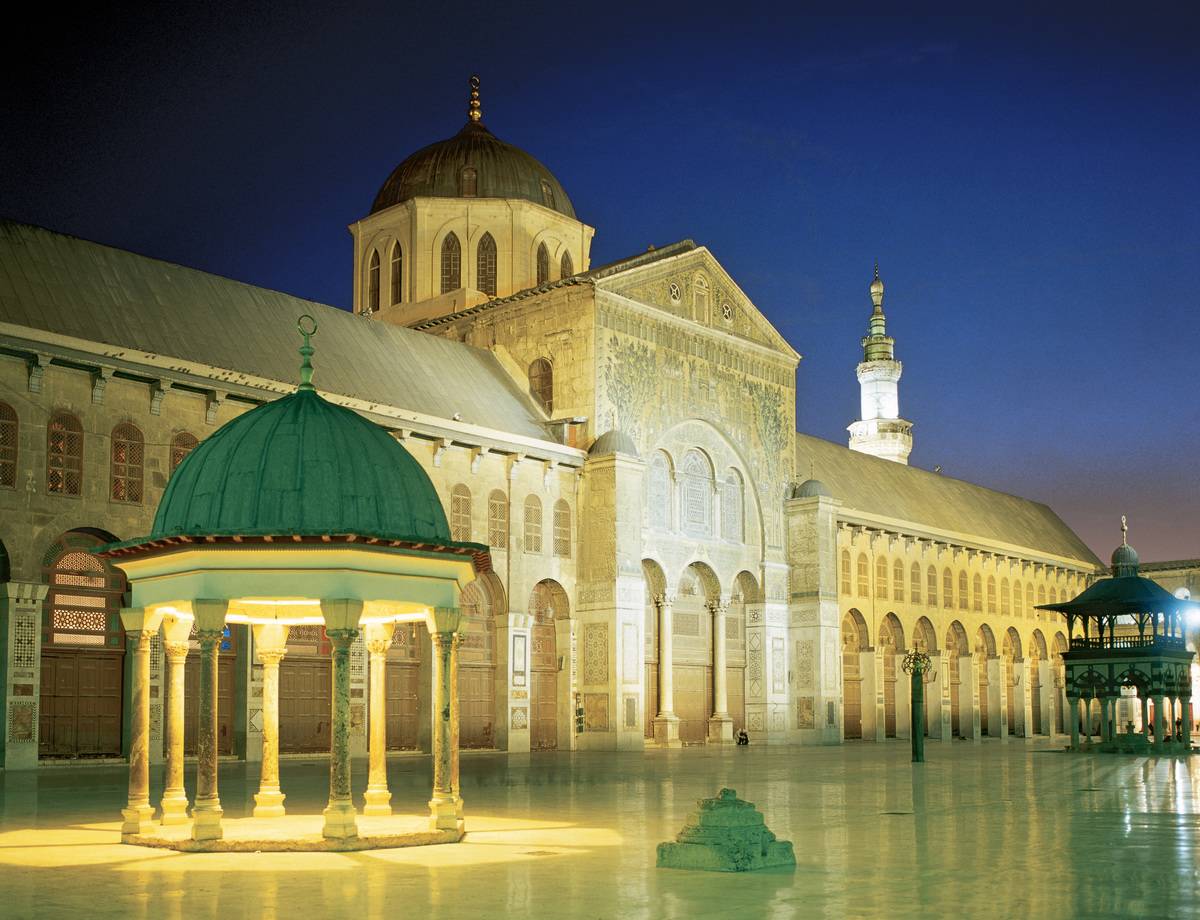
In 2013, the 11th Century minaret of the Umayyad Mosque, a UNESCO world heritage site in Allepo, Syria was destroyed. This occurred during the clashes between the al-Queda-linked Jabhat al-Nursa group and government forces.
The iconic mosque, unfortunately, became a major battleground during the summer of 2013, with rebels seeking the ouster of Bashar al-Assad’s regime. Clearly, the fighting took its toll on the mosque and destroyed much of its beauty and structures, making it almost unrecognizable from before the battle.
Tombs of Muslim Saints, Mali
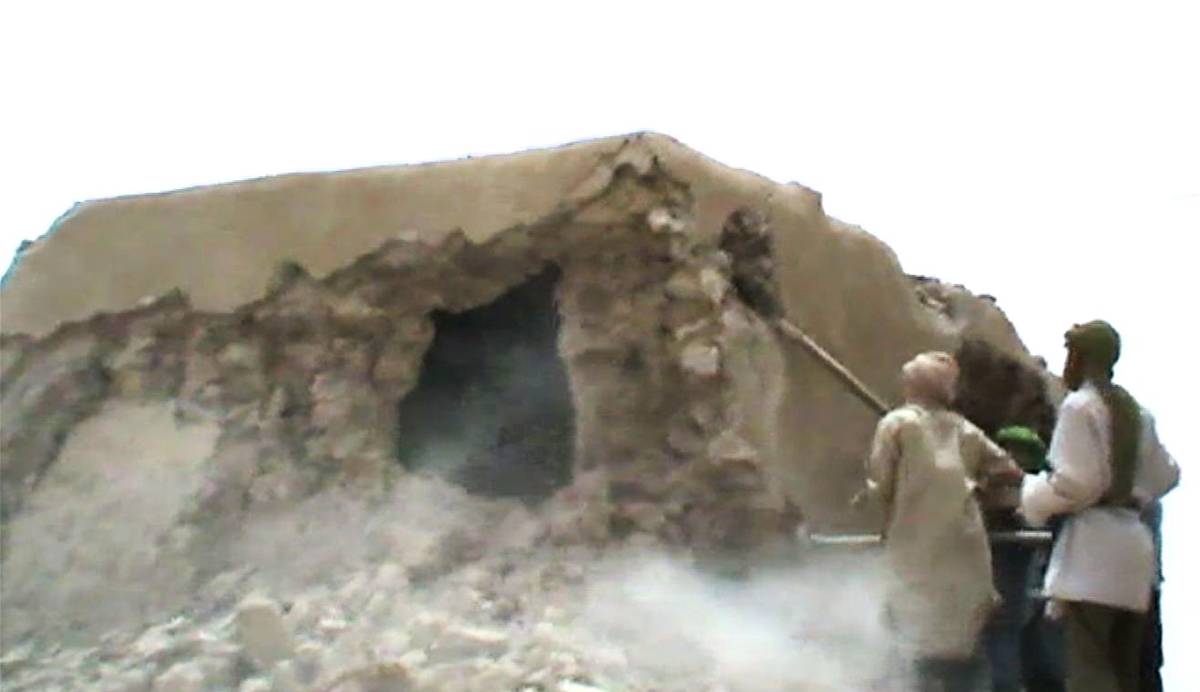
In 2012, soldiers in Mali, from the Ansar Dine group, which had claimed allegiance to al-Queda, went around destroying the cultural and religious monuments of Timbuktu, breaking down the doors of a 15th Century mosque, and obliterating centuries-old tombs of Muslim holy men.
Of the tombs destroyed, some were those of medieval Sufi saints Sidi Mahmoud, Sidi Moctar, and Alpha Moya. The group made it clear that they intended on destroying every shrine in the city with no exceptions, leaving these ancient relics nothing but a pile of bricks.
Pig Beach, Bahamas
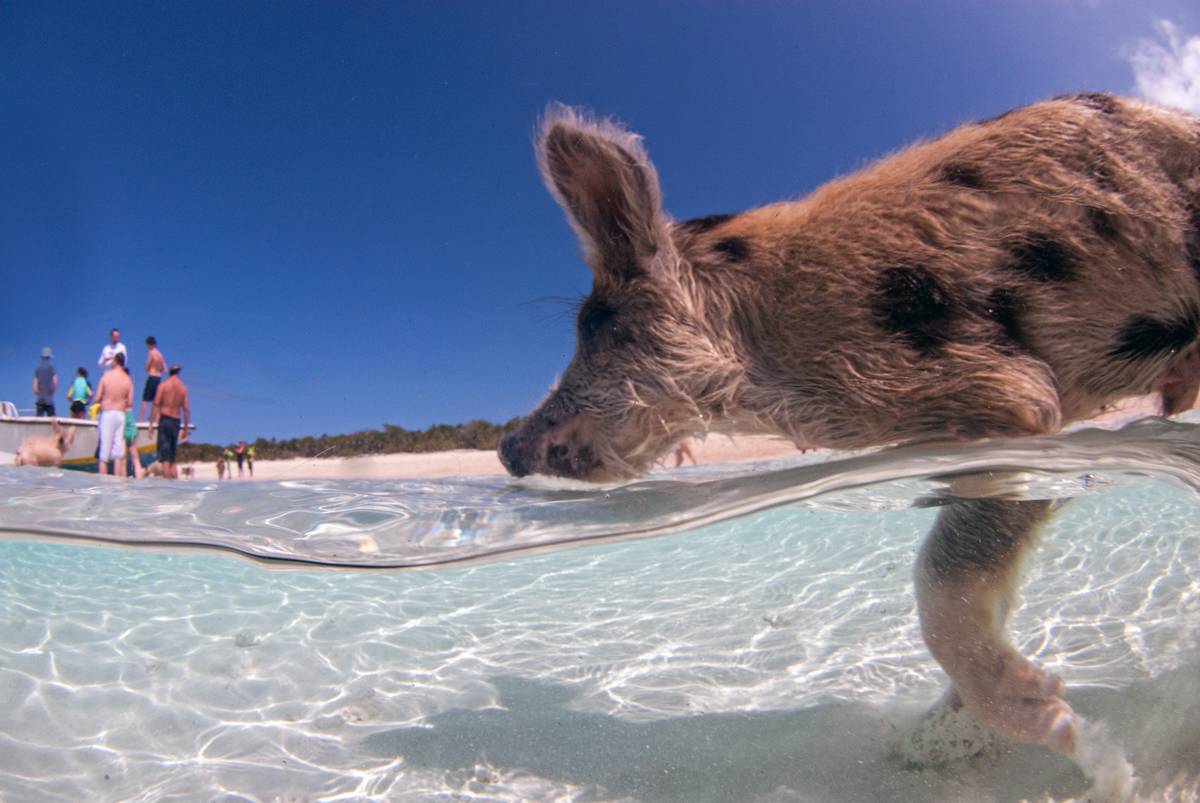
In the Bahamas, there is one particular beach that was once crawling with swimming, friendly, and adorable pigs. For many years, this was a secret treat among the locals and lucky tourists that stumbled upon the area.
However, now, due to social media, this beach has become famous and is now a major tourist location. With all of the tourists, many began feeding the pigs and changing their diets which eventually lead to many deaths. Currently, there is less than half of the original population of pigs with the numbers continuously decreasing.
Cinque Terre, Italy
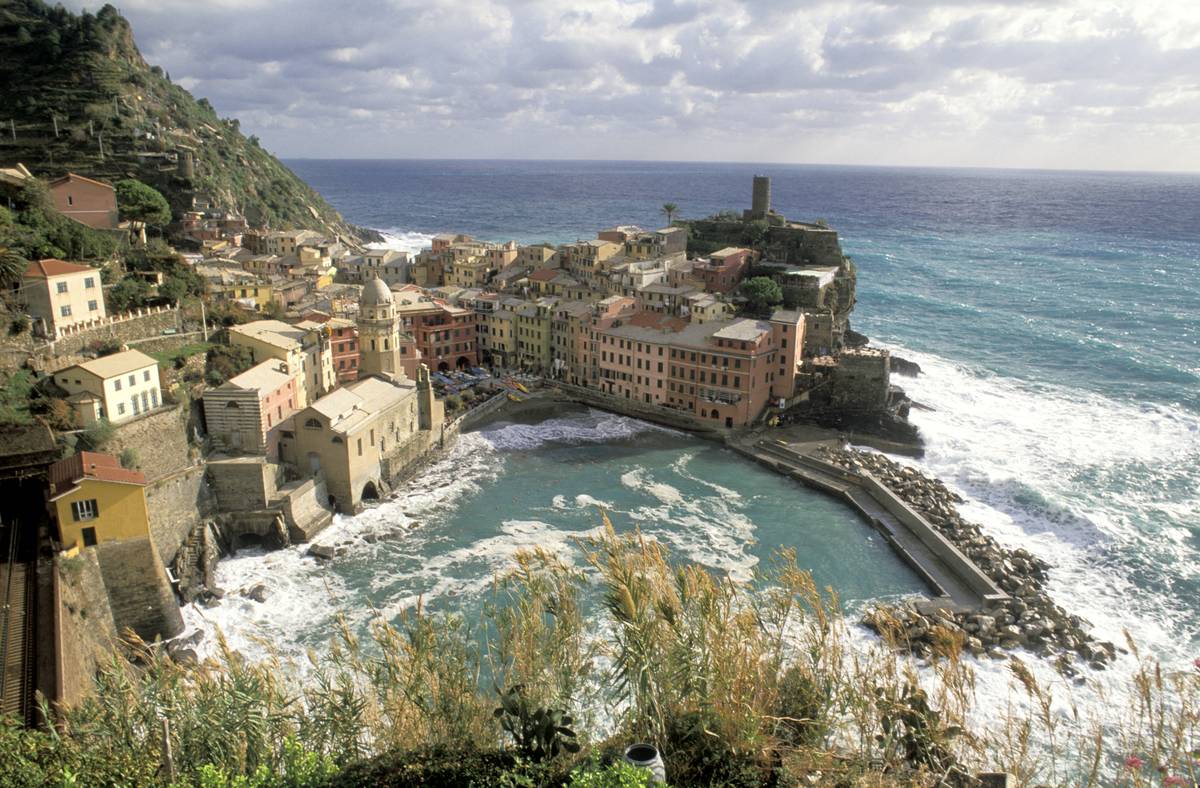
Although technically you may still be lucky to visit this area, it has become increasingly harder and harder to, and soon enough you very well might not be able to visit at all. Cinque Terre is the latest popular tourist site to limit the number of visitors allowed yearly, which in this case is a maximum of 1.5 million people.
More than 2.5 million people visited last year, and now the villages do not have the infrastructure to handle such a large amount of visitors. Now, once the 1.5 million cap has been reached, which will be tracked by pedometers on the trails, access will be closed off to everyone.
White Sand Beaches, The Caribbean
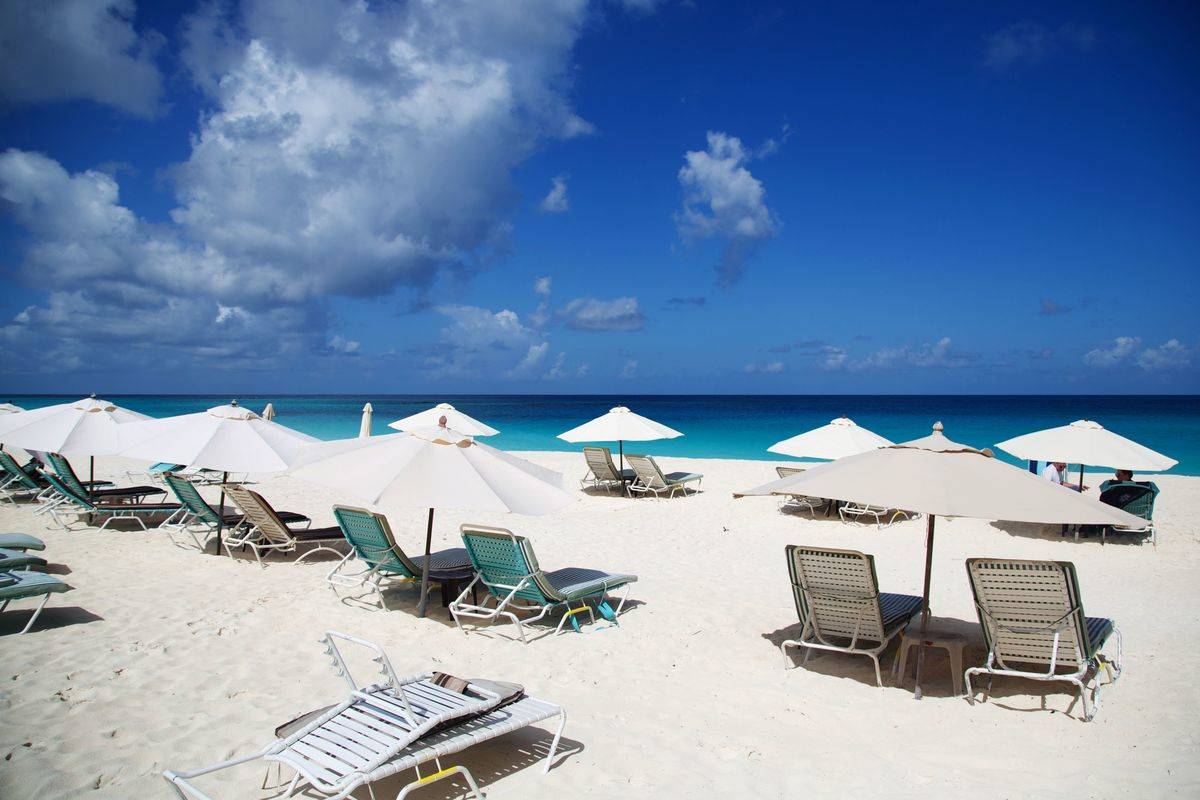
The white sand beaches which have been a major tourist destination for visitors from across the globe were destroyed in the Wake of Hurricane Irma. Some tourism officials estimate that the area will have lost billions of dollars. The timing couldn’t have gotten much worse as the hotels, airlines, cruises, and attractions heavily rely on those escaping during the fall and winter months to fuel the annual revenue.
Hugh Riley of the Carribean Tourism Organisation noted, “Any disruption in tourism in a disruption of our livelihood,” with the now destroyed white sand beaches looking far from being close to repaired.
Norcia, Italy
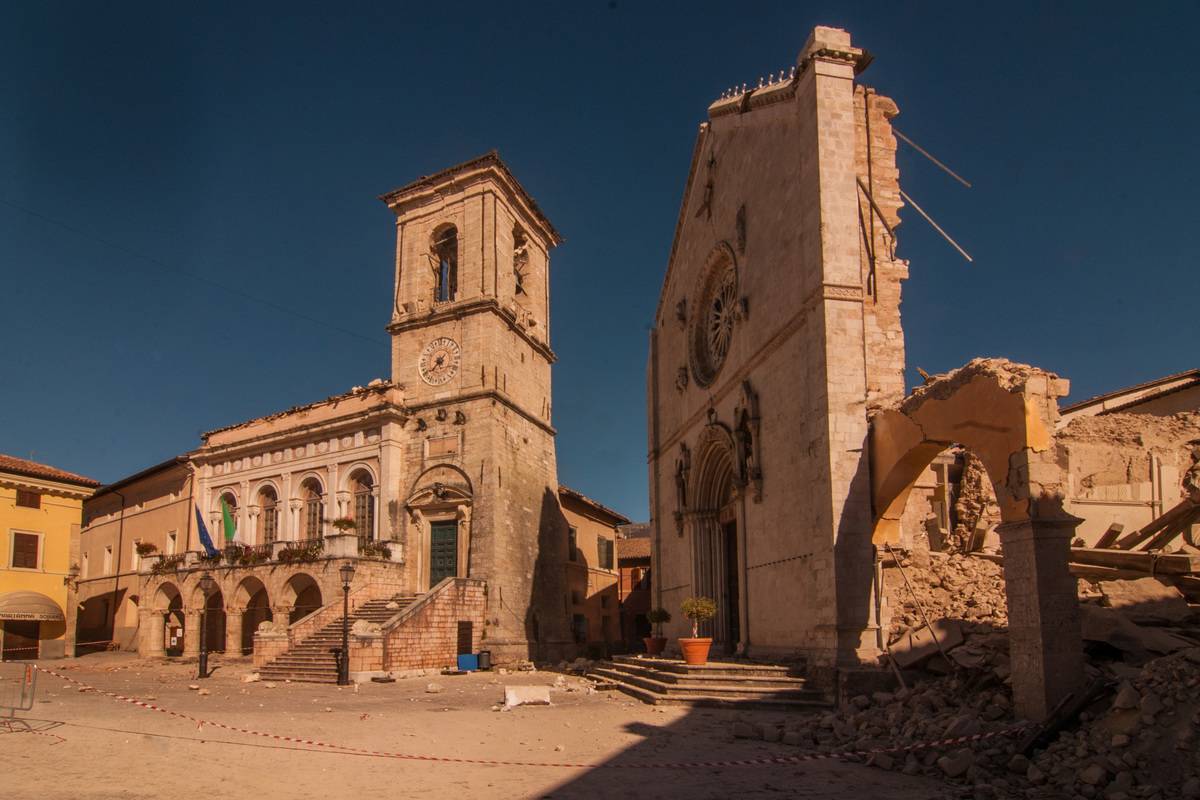
In October 2016, Norcia, Italy was hit by a 6.6 magnitude earthquake. This lead to the 12th Century Basilica of Saint Benedict to be destroyed. it had been inspected just the week before by the ministry of culture for structural repairs. Furthermore, the Cathedral of St. Mary Argentina, known for its 15th Century frescoes was also destroyed.
The town also had many original Roman city walls, other historical building, and numerous churches which collapsed due to the earthquake. For Norcia, the earthquake destroyed many of the attractions that made it so historically significant and beautiful.
The Seattle Gum Wall

Although it’s not necessarily the most sanitary or beautiful attraction, it was a well-known and often-visited attraction for many tourists in the Seattle area. In November 2015, after decades of individuals contributing their own gum in order to create Seattle’s iconic gum wall, the entire thing was cleaned. This is so because it was believed to be destructive to the structure of the brick Pike Place wall, so now, the wall remains essentially empty.
So, if you had this attraction on your bucket list, you might want to make room for a new one because this isn’t coming back anytime soon.
Mukurob “Finger of God”, Namibia
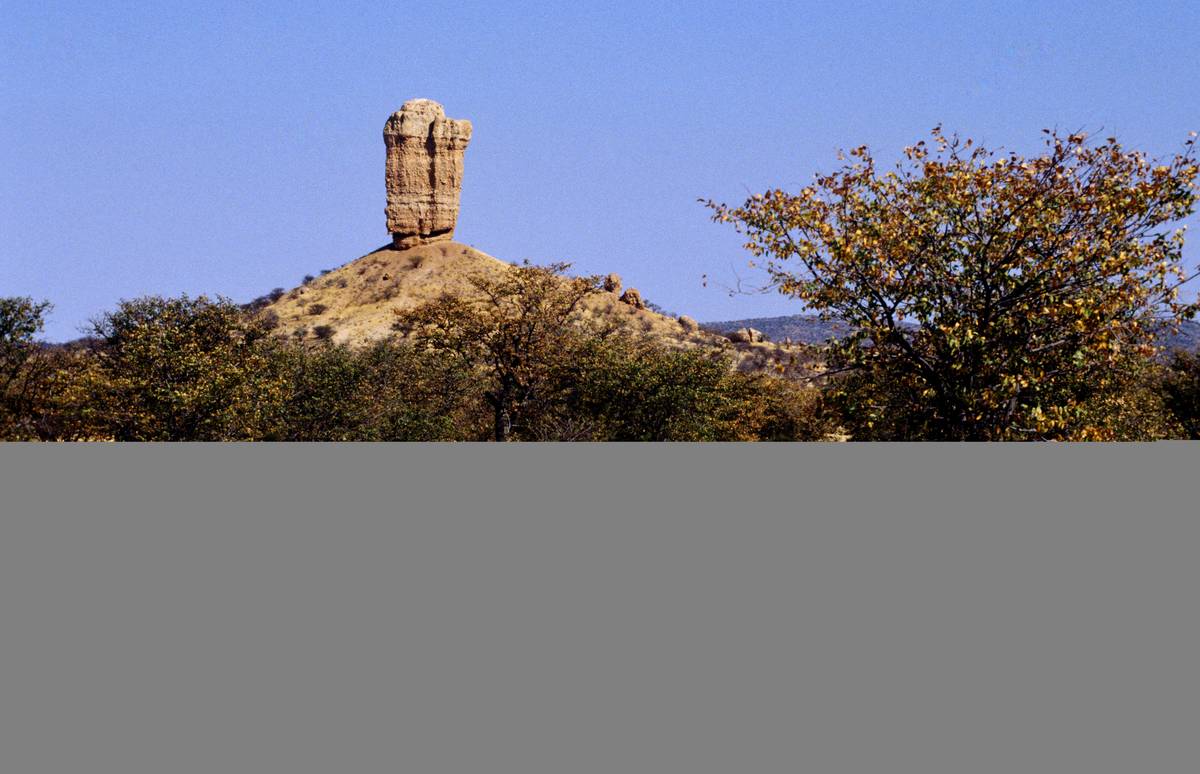
Located near Asab in Namibia, Mukurob, or “Finger of God” was a sandstone rock formation in the Namib desert. Mostly consisting of sandstone, the structure was 12 meters high, and 4.5 meters wide in some areas. Altogether, the entire structure weighed around 450 tons, and what made it so incredible was that its base just 3 meters long and 1.5 meters wide was narrower than the rock it supported.
Unfortunately, in 1988, it collapsed, with still no clear explanation as to why. It is believed that it was either a rainstorm that occurred a week before or an earthquake in Amenia.
Old Man of the Mountain, New Hampshire
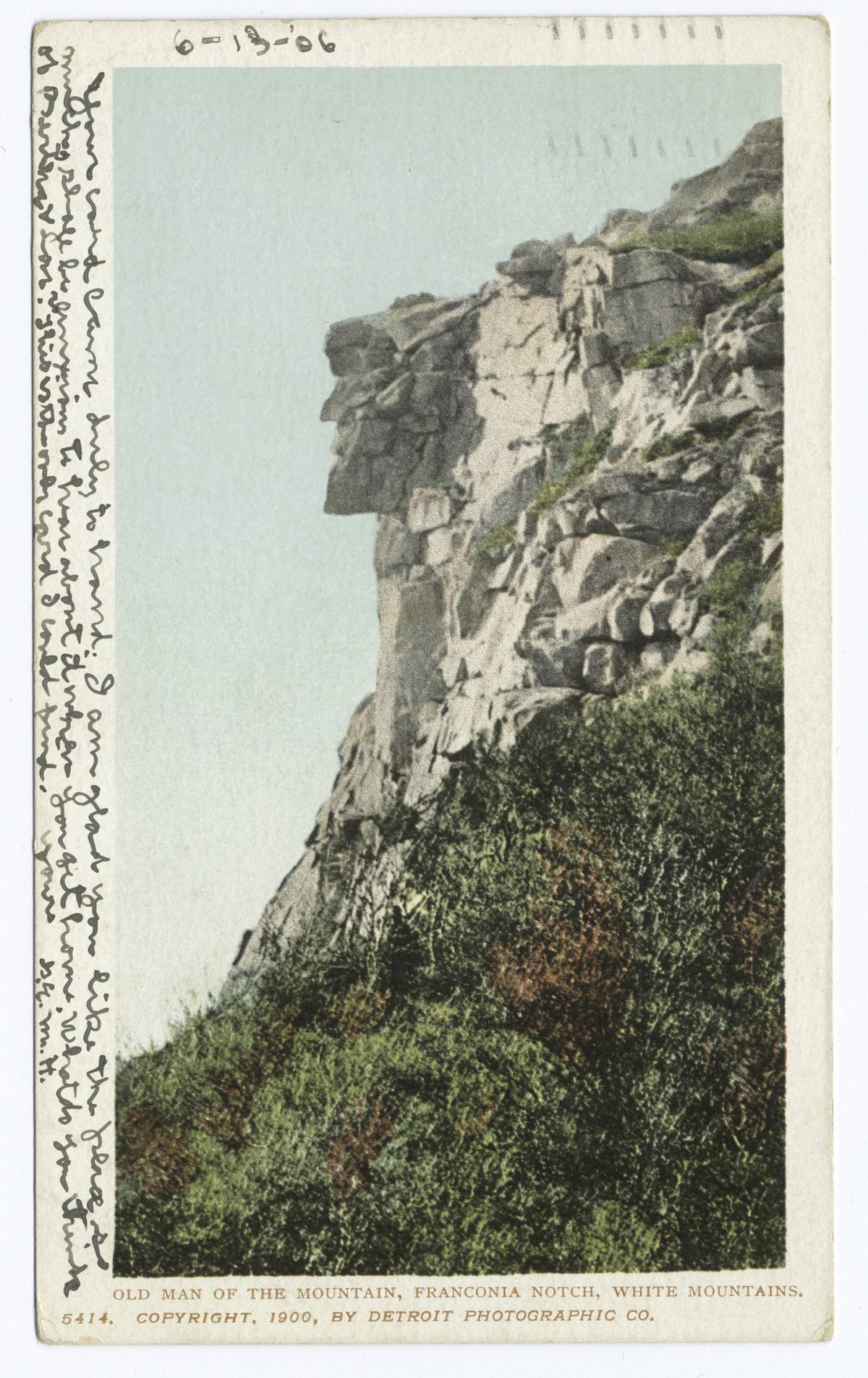
In the White Mountains of New Hampshire, there was a face-shaped outcropping of rocks known as The Old Man of the Mountain. It was so famous at one point that US politician Daniel Webster regarded it as a sign from God stating,”…in the mountains of New Hampshire, God Almighty has hung out a sign to show that there He makes men.” The rock formation was even featured as the landmark on the state’s quarter coin.
The outcropping eventually fell off the mountain in 2003 due to years of freezing and thawing on the rocks. The local community was so saddened about its destruction that there is now a memorial below when it once was.
Luna Park, Coney Island
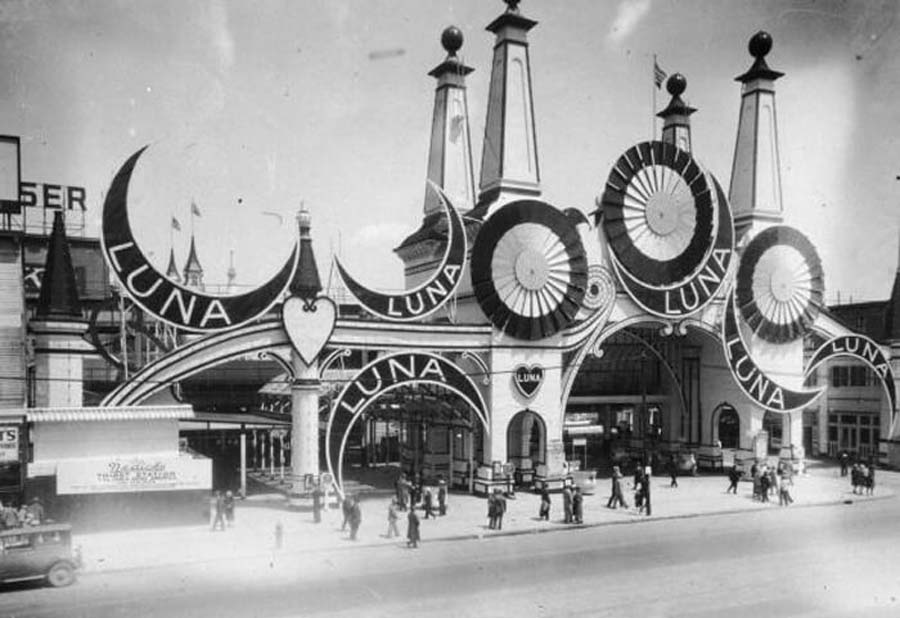
Opening in 1903, the original “Luna Park” on Coney Island was a giant park full of rides and attractions, covered by over 250,000 electric lights. It was the brainchild of Frederic Thompson and Elmer “Skip” Dundy. It is believed that the park was either named after the airship “Luna” from the park’s central attraction “A Trip to the Moon”, or after Dundy’s sister.
In 1905, Luna Parks began popping up all over the world with the help of Frederick Ingersoll was was the pioneer of rollercoaster design at the time. However, after Ingersoll’s death in 1927, the majority of the parks close down. To this day “Luna Park” is a synonym for “amusement park” in numerous European languages.
Abu Simbel Temples, South Egypt

The Abu Simbel temples are two massive rock temples at Abu Simbel, a village in Nubia, southern Egypt by Sudan. They were once situated on the western bank of Lake Nasser. The complex is part of the UNESCO World Heritage Sites known as the “Nubian Monuments.” The two temples were originally carved out of the mountainside during the reign of the Pharoh Ramses II in the 13th Century BC, as a monument to himself and his wife Nefertari to commemorate his victory at the Battle of Kadesh.
However, in 1968, the complex was entirely relocated on an artificial hill. This was necessary or else it would have been flooded in the creation of Lake Nasser.
The Dead Sea, Jordan, Israel & Palestine
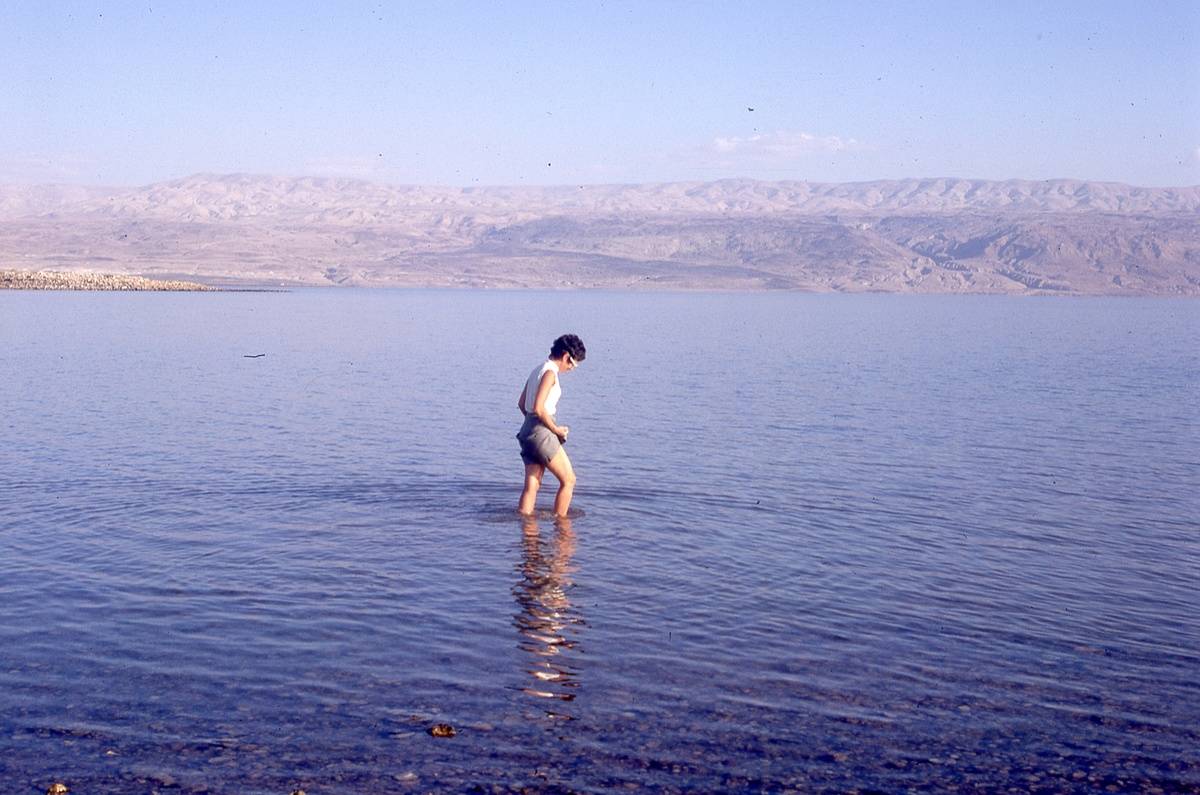
Although it isn’t fully gone, it certainly doesn’t look like it once used to and it never will again. The salty sea is shrinking at beyond an alarming rate. Lake levels have dropped more than three feet each year for the last several years. Because the banks of the lake are the lowest land elevation on Earth, the shifting shoreline have been hitting all-time lows.
Furthermore, the need for water in the surrounding developing areas are taking away from any freshwater outlets that the lake needs in order to maintain it’s level. Sooner rather than later, there may not be the Dead Sea to visit at all.
Basking Ridge Oak Tree, New Jersey
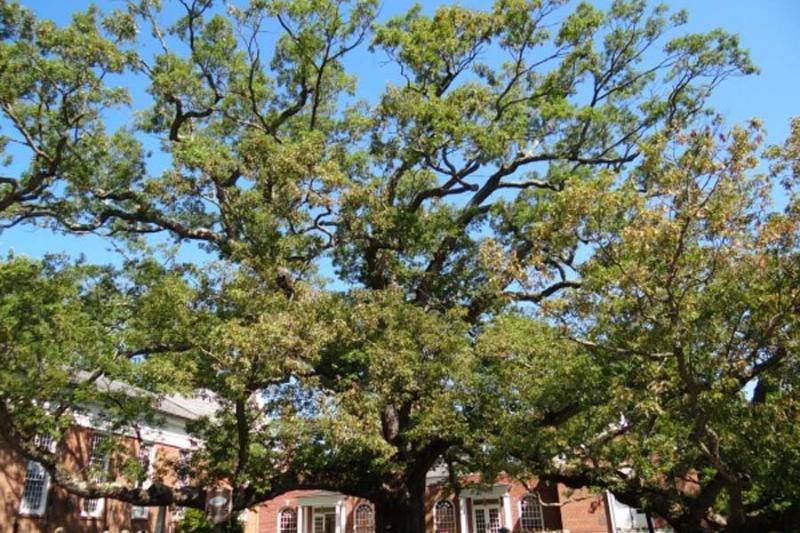
One of the oldest oak trees in North America died in a cemetery in Basking Ridge, New Jersey in 2016. The tree was around 600 years old and has said to be standing before the time of Columbus. After six centuries, it was officially declared dead due to old age and potentially harsh weather.
Now, it’s going to be cut down completely in order to ensure the safety of the church and cemetery beneath it. However, the cut wood from the tree will be used to male crosses ad mementos for church-goers, and the stump will remain.
Wall Arch, Utah
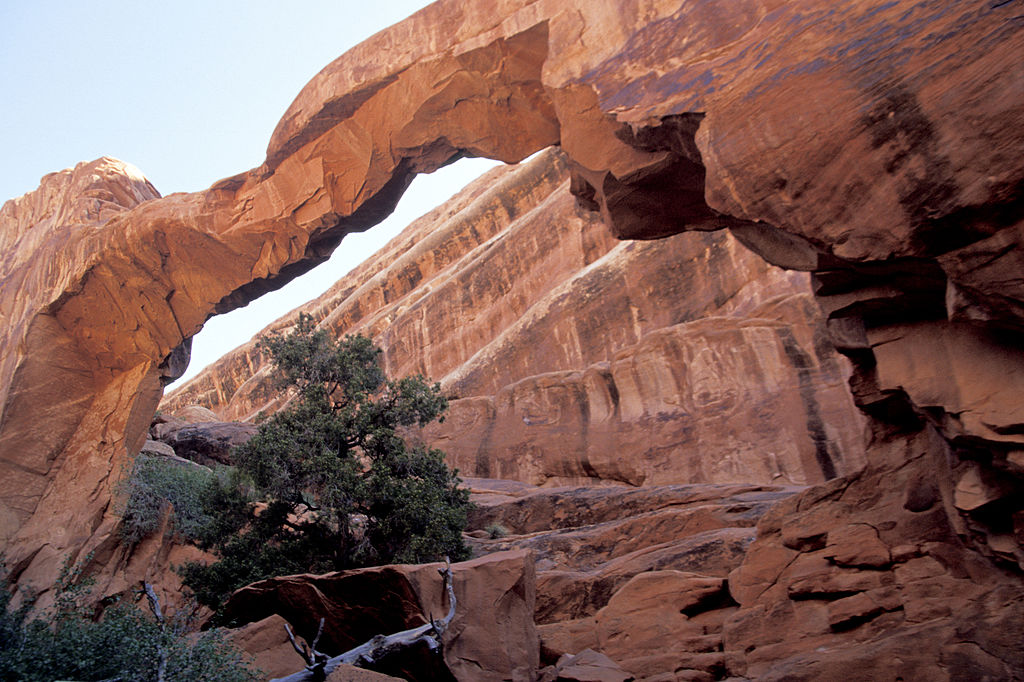
Wall Arch was a natural sandstone arch in the Arches National park in southeastern Utah. It was located along the highly popular and heavily trafficked Devils Garden Trail within the park. It was ranked the 12th largest in size out of the park’s 2,000 arches. At its largest, the opening underneath was 71 wide by 33.5 feet tall.
On the night of August 4, 2008, the arch collapsed. However, it is noted that all arches are temporary and that eventually, they will all succumb to erosion and gravity, so you’re lucky to see one while it’s still around.
The Twelve Apostles, Australia
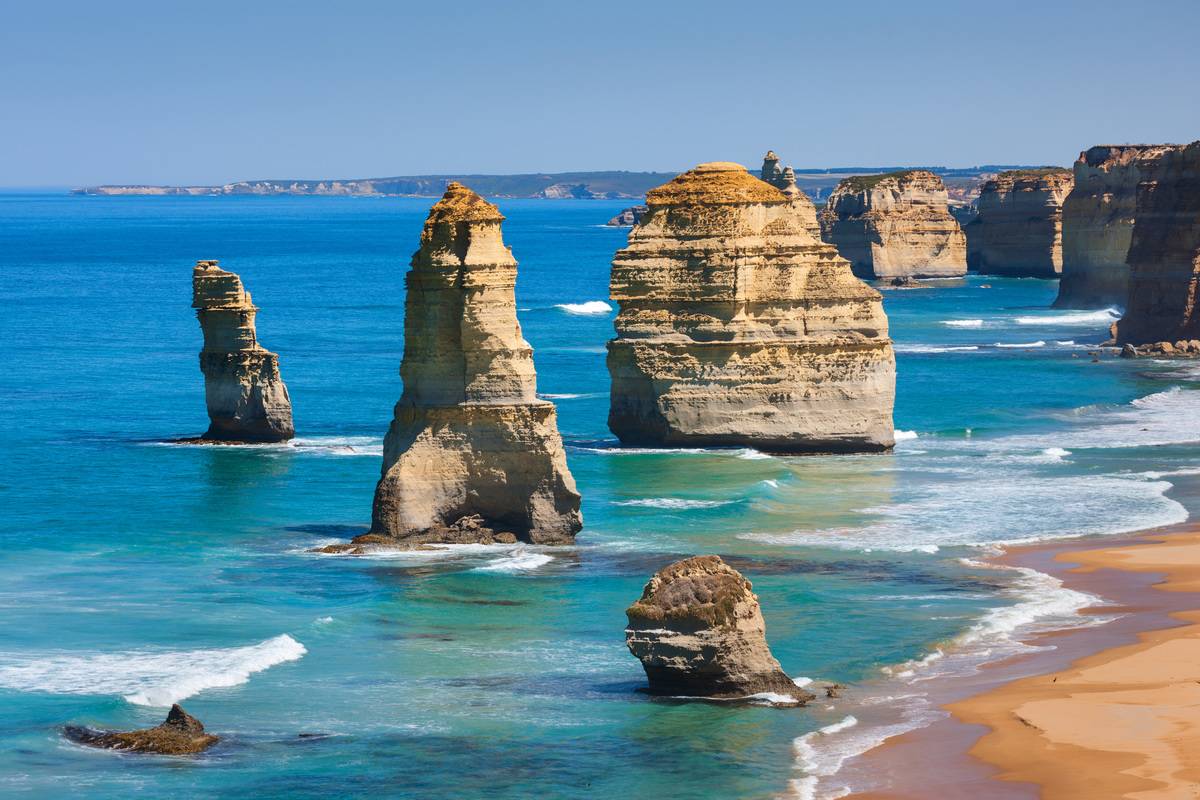
The Twelve Apostles are a collection of various limestone stackings off of the shore of Port Campbell National park, in Victoria, Australia. Because the stacks were all so close together, forming by erosion, it made it a very popular tourist location. However, there are now only eight Apostles left after the ninth collapsed in 2005.
Although people still come to see the remaining ones and the rubble from the others, it is nothing compared to how they once looked not so very long ago. Even though there were only ever 9 stacks, they were still referred to as the Twelve Apostles.
Athabasca Glacier, Canada
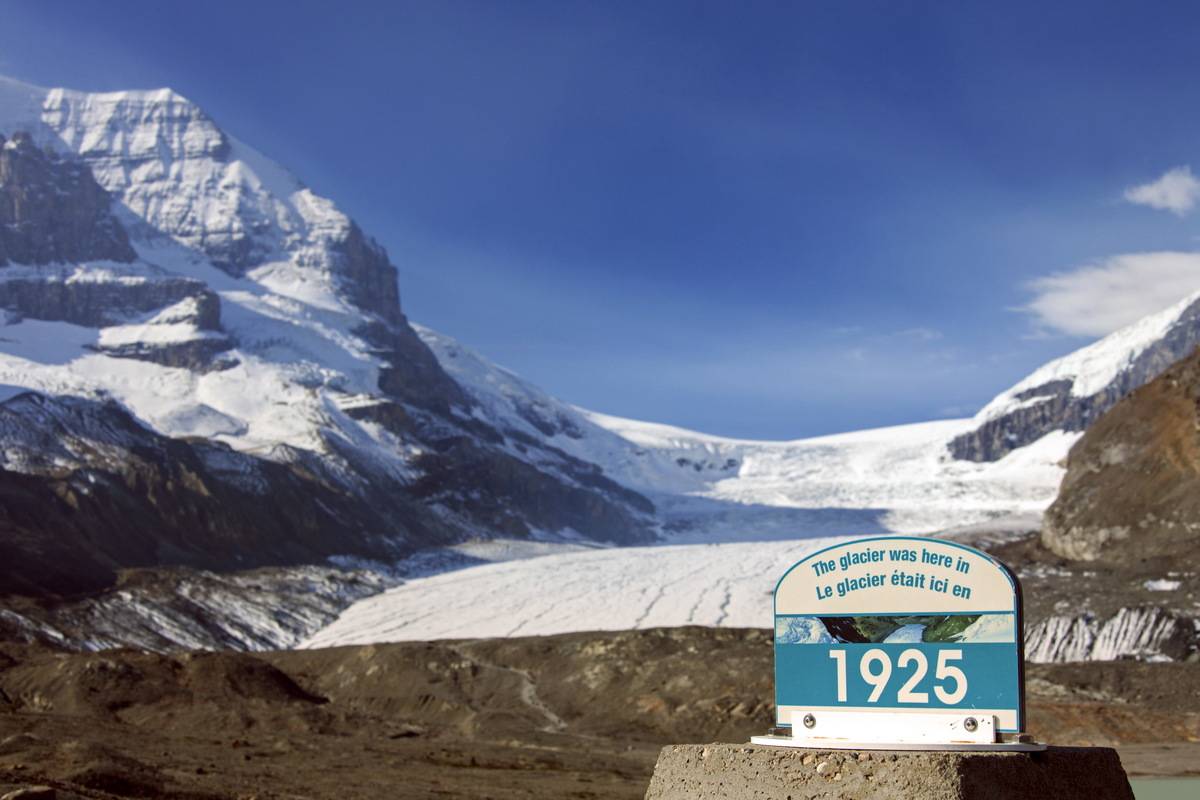
Athabasca Glacier in Alberta, Canada, is the most-visited glacier in North America. Its once easy accessibility, beauty, and size made it such a key tourist attraction in the past. However, the glacier has been melting for over 125 years, with the southern edge having retreated over a full mile already.
Experts note that the glacier is now shrinking faster than it ever has in the past losing between 6.6 to 6.9 feet per year. The glacier has also been described as unrecognizable to what it once looked like in its former glory.
Paragon Park, Hull, Massachusetts

Located on Nantasket Beach in Hull, Massachusetts, Paragon Park was an amusement park that featured a number of attractions such as a carousel, a wooden roller coaster, bumper cars, a water ride, swing ride, and more. The park closed in 1984.
In 2018 it was announced that a developer would be renovating and reopening the “Paragon Boardwalk” strip of Nantasket Avenue, giving new life to the beloved area.








